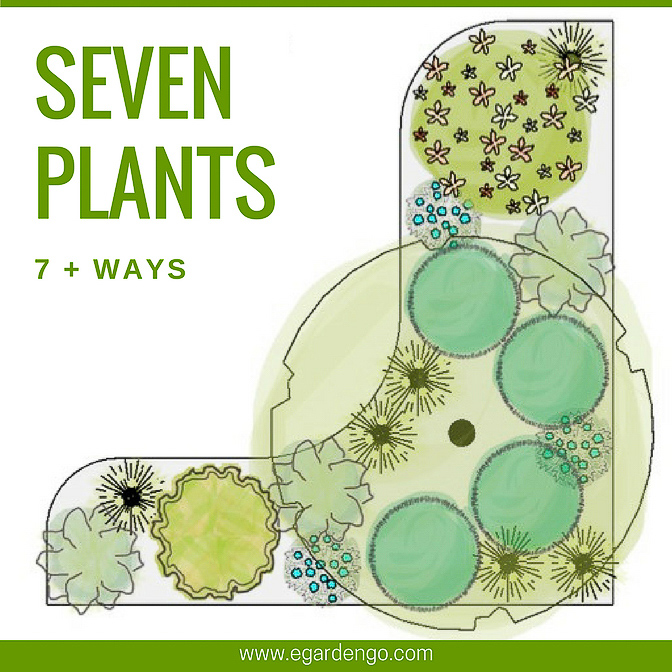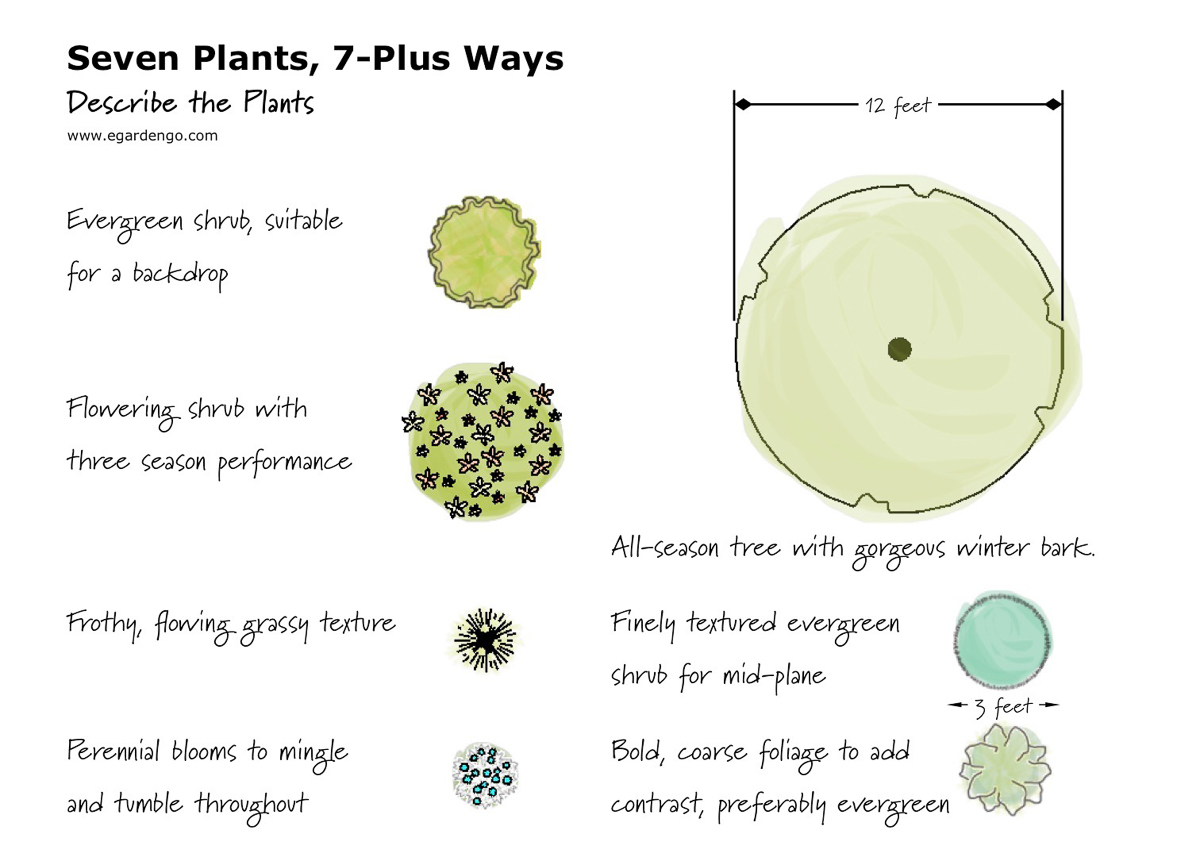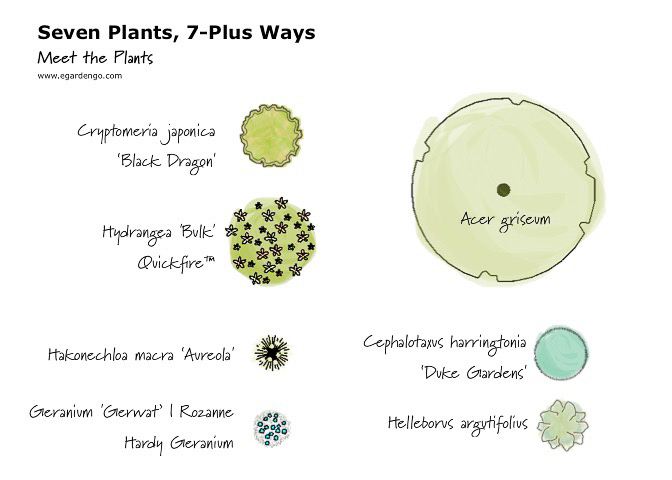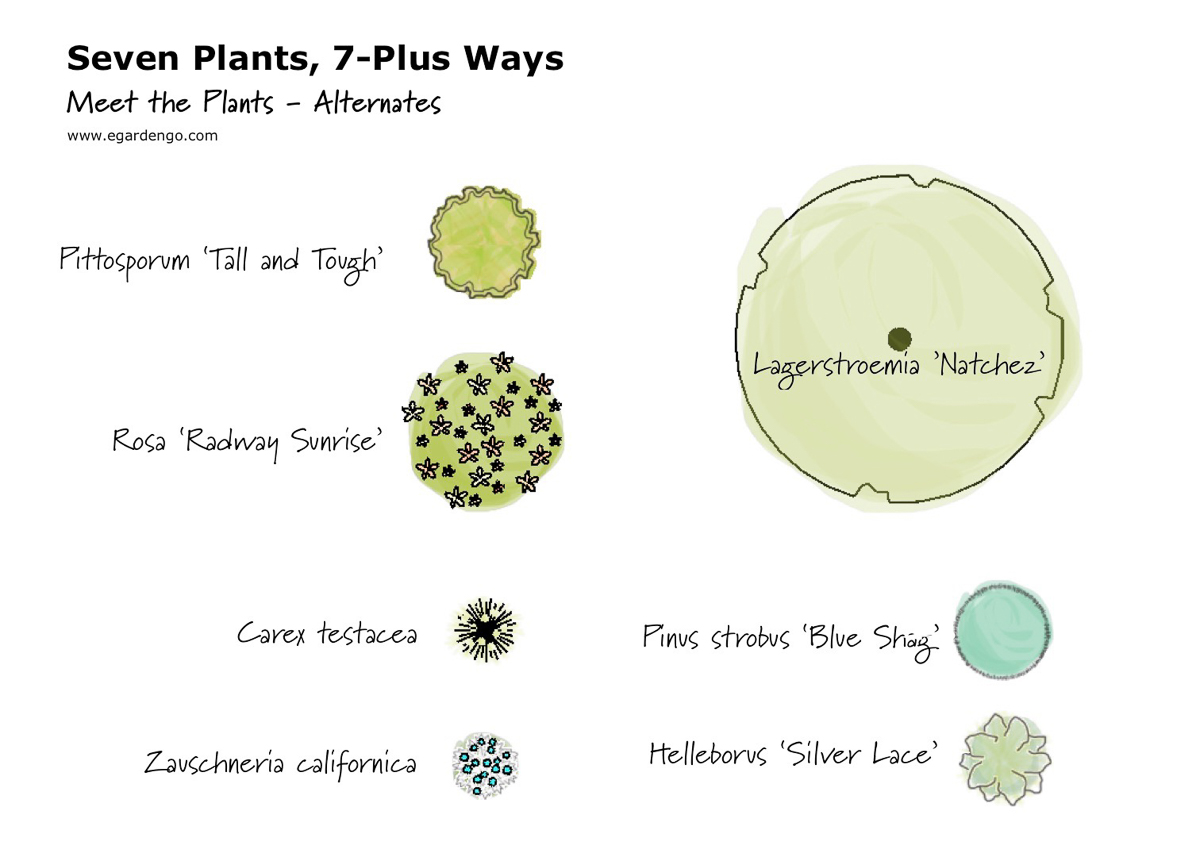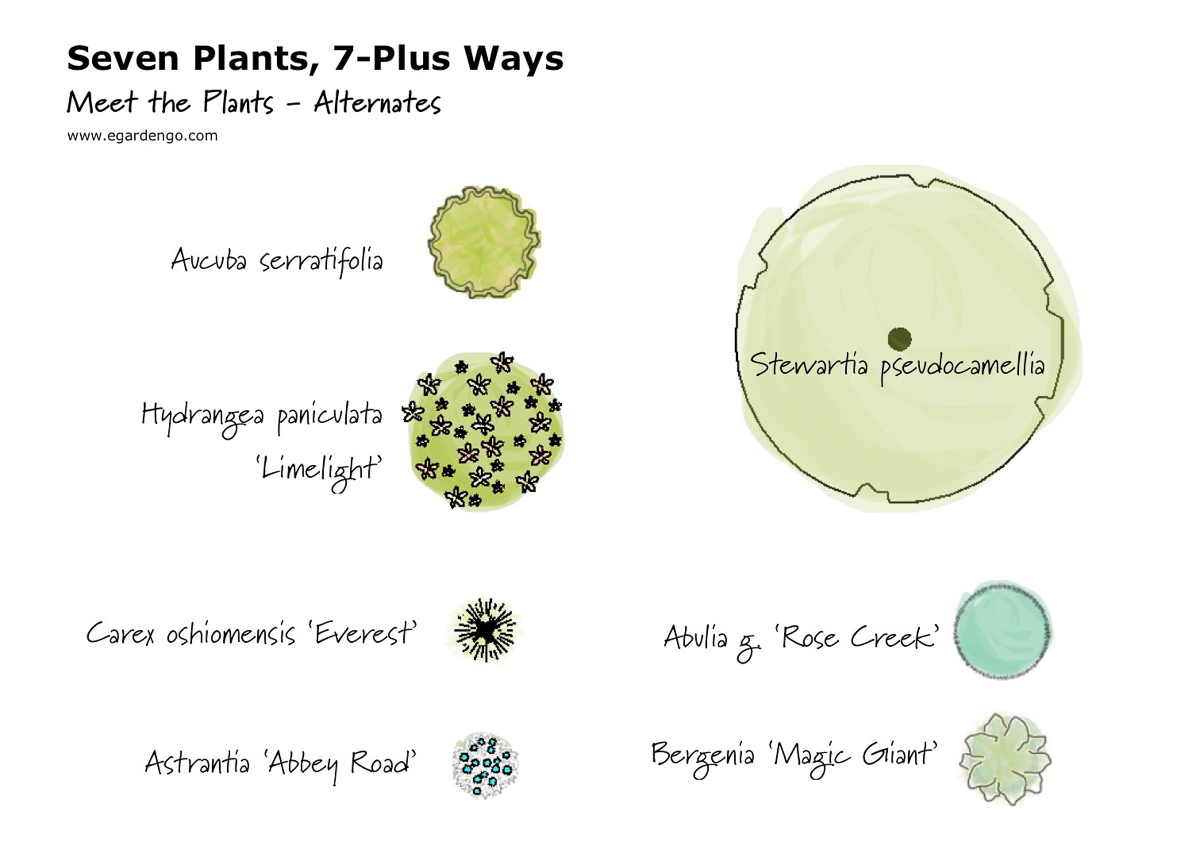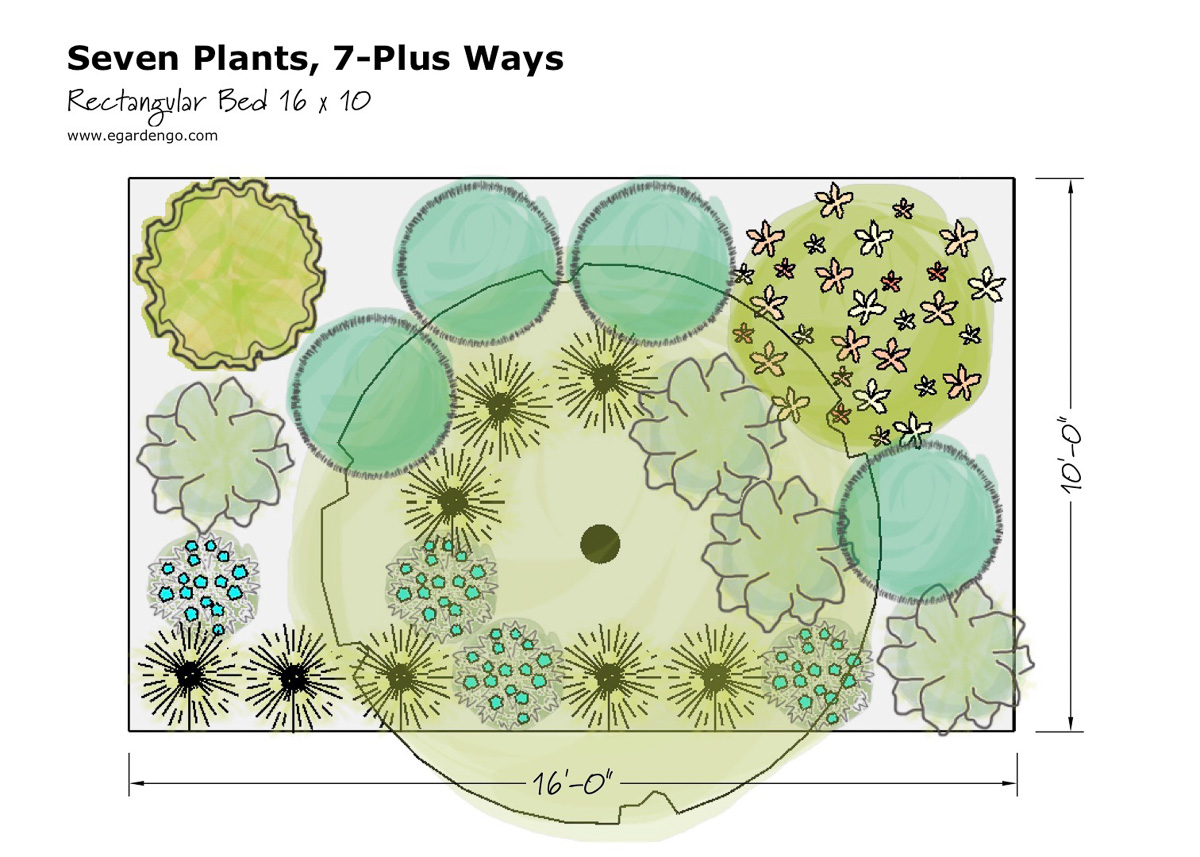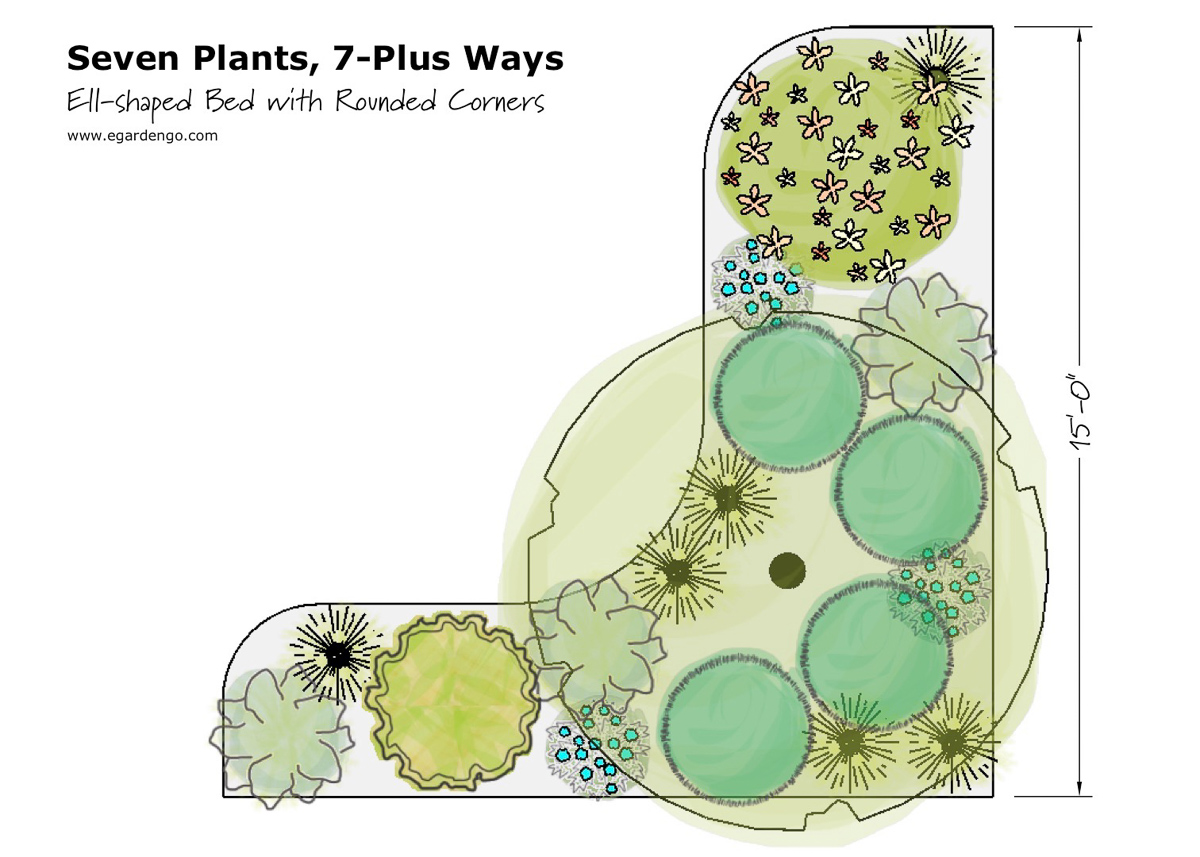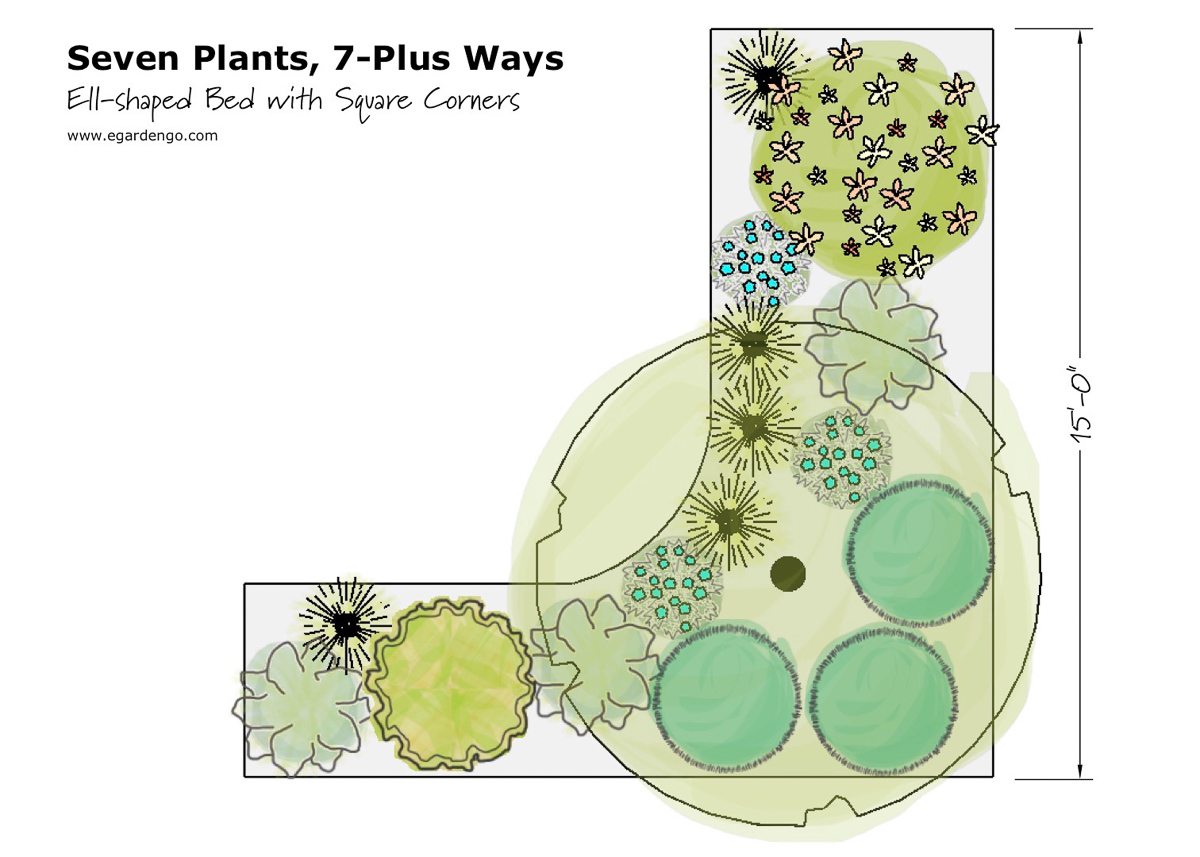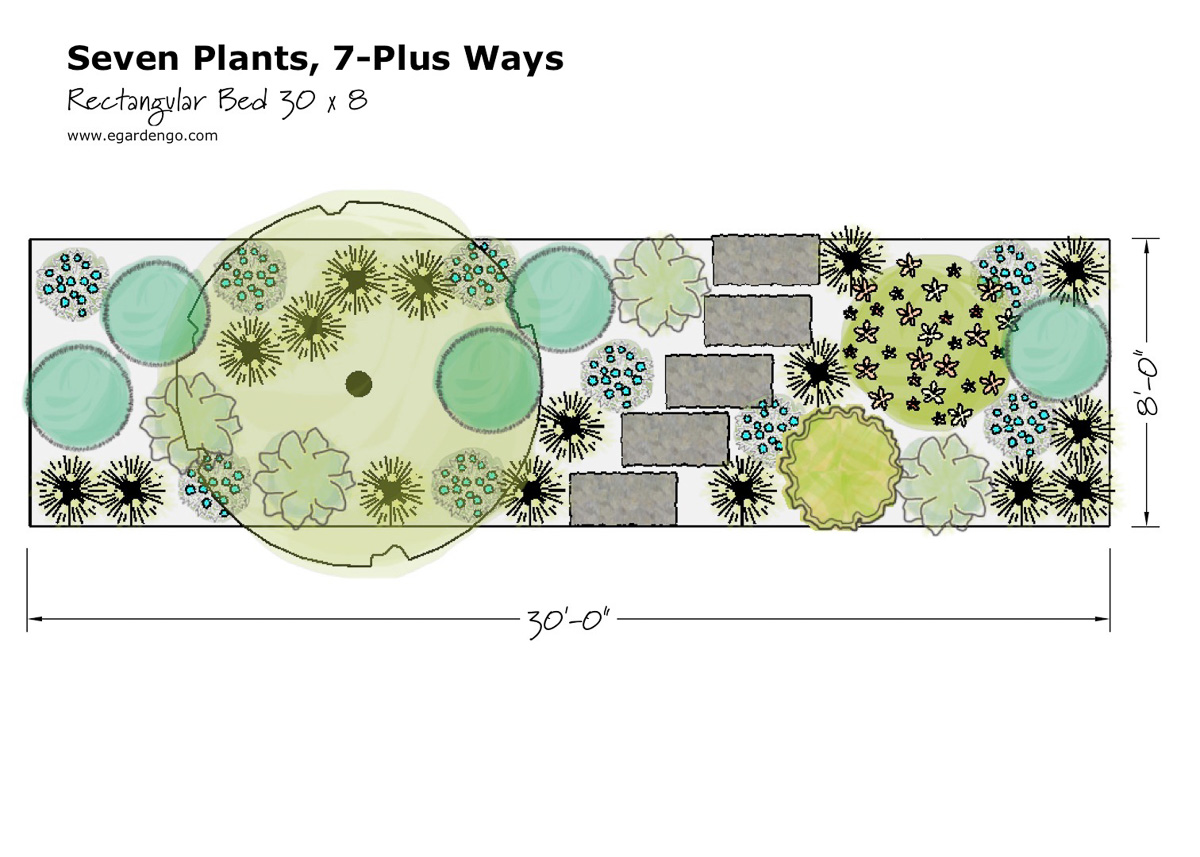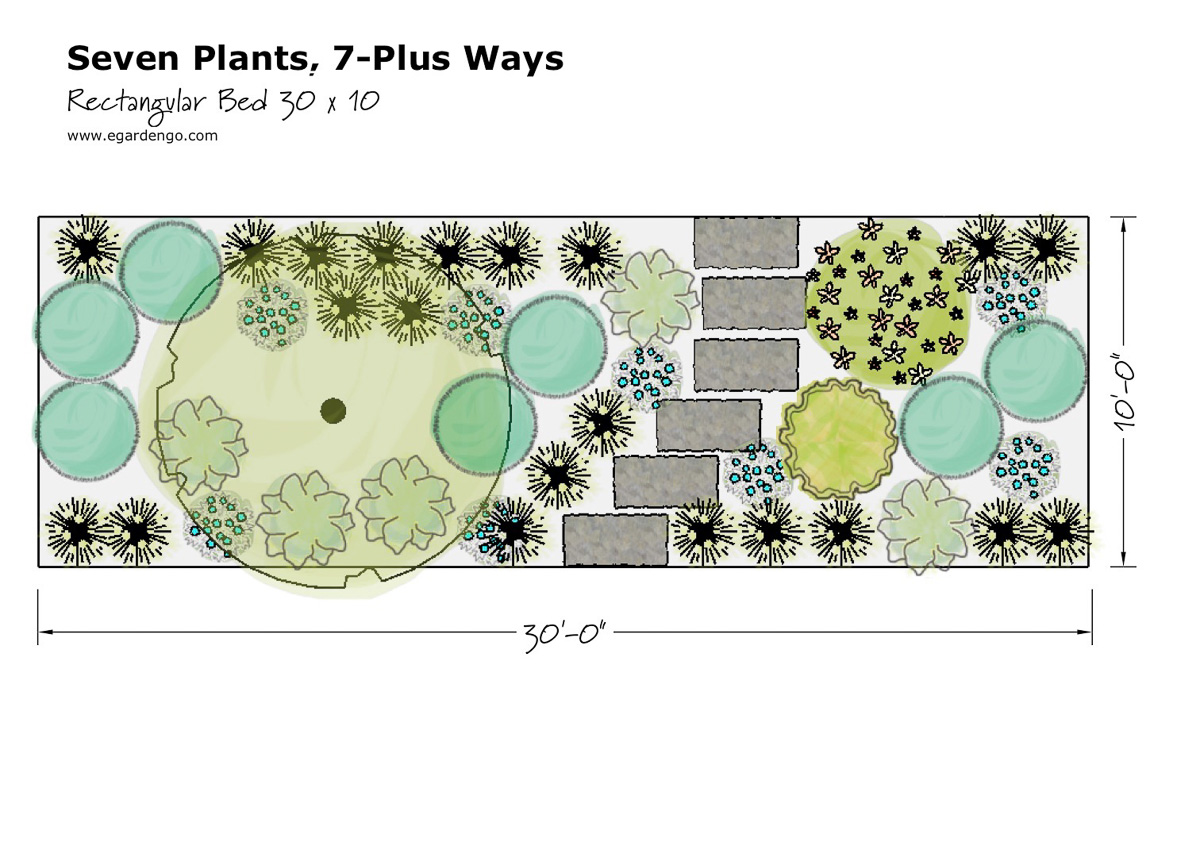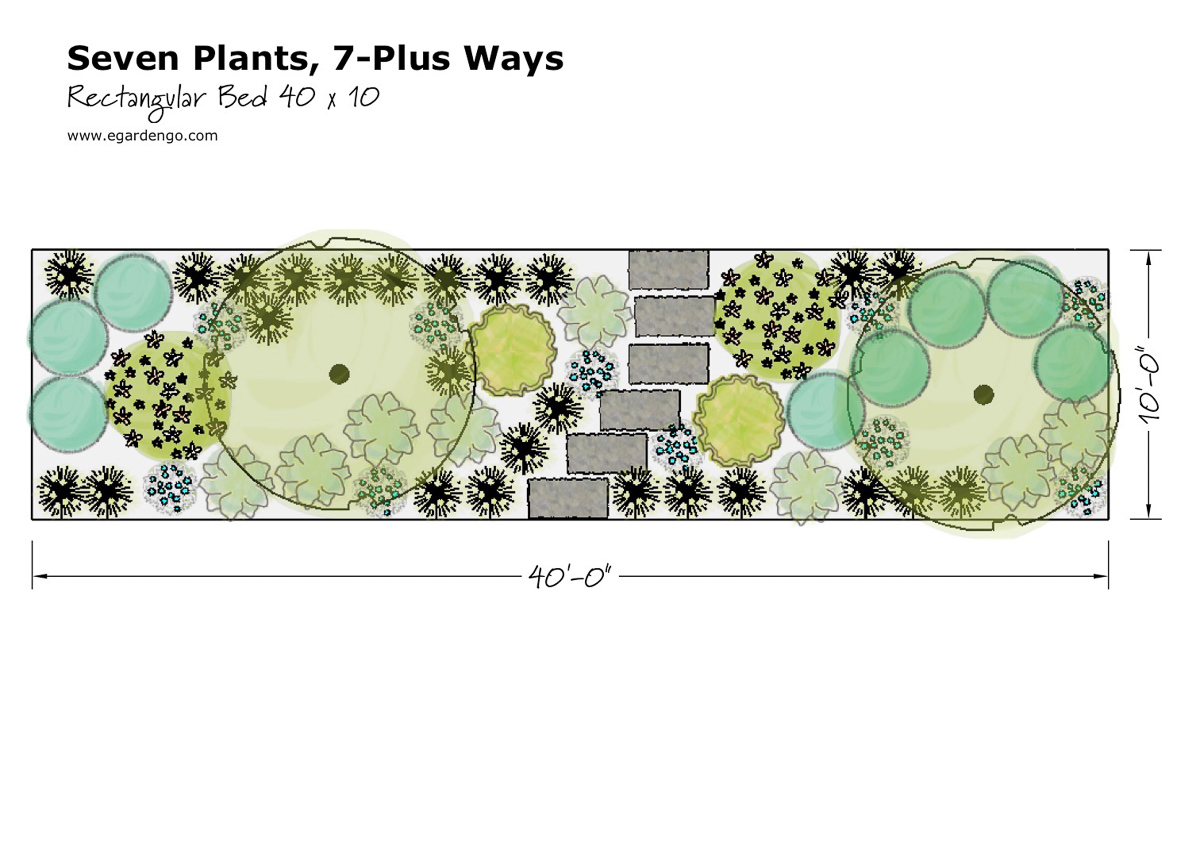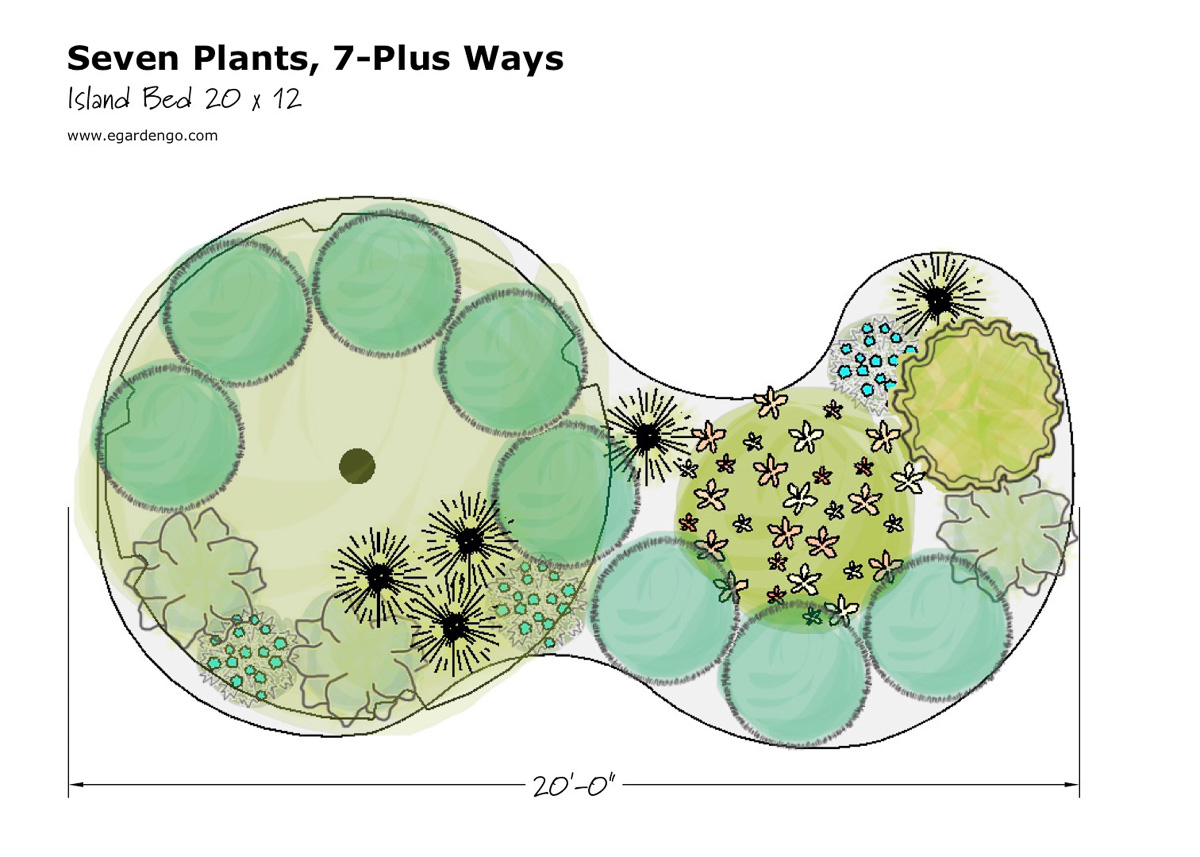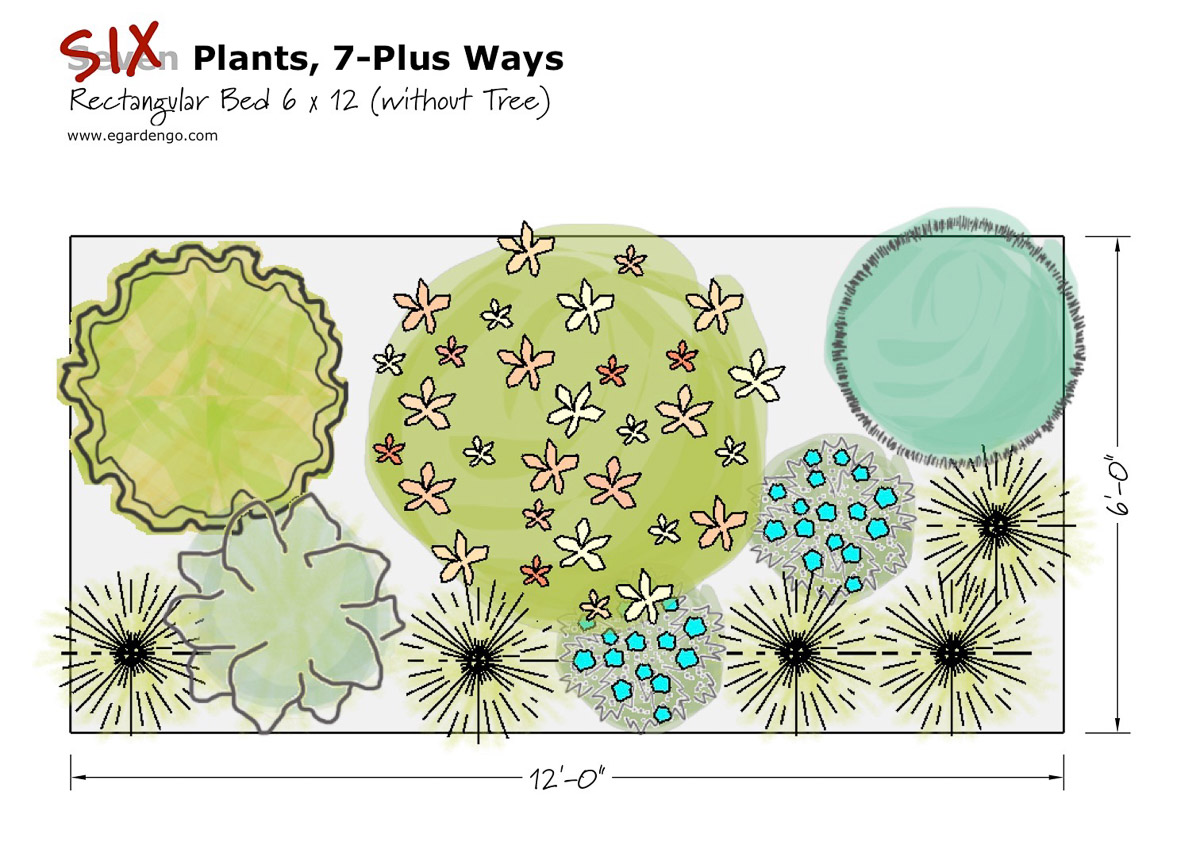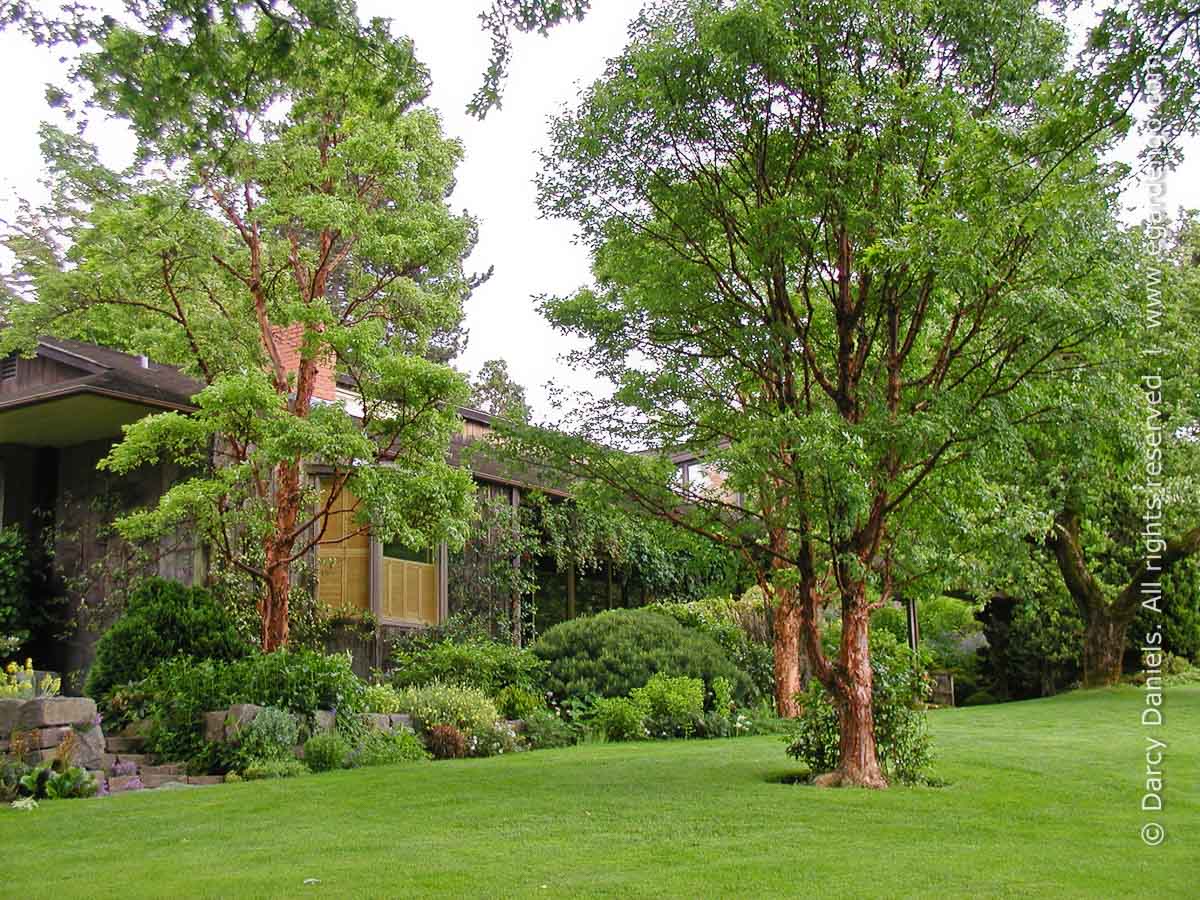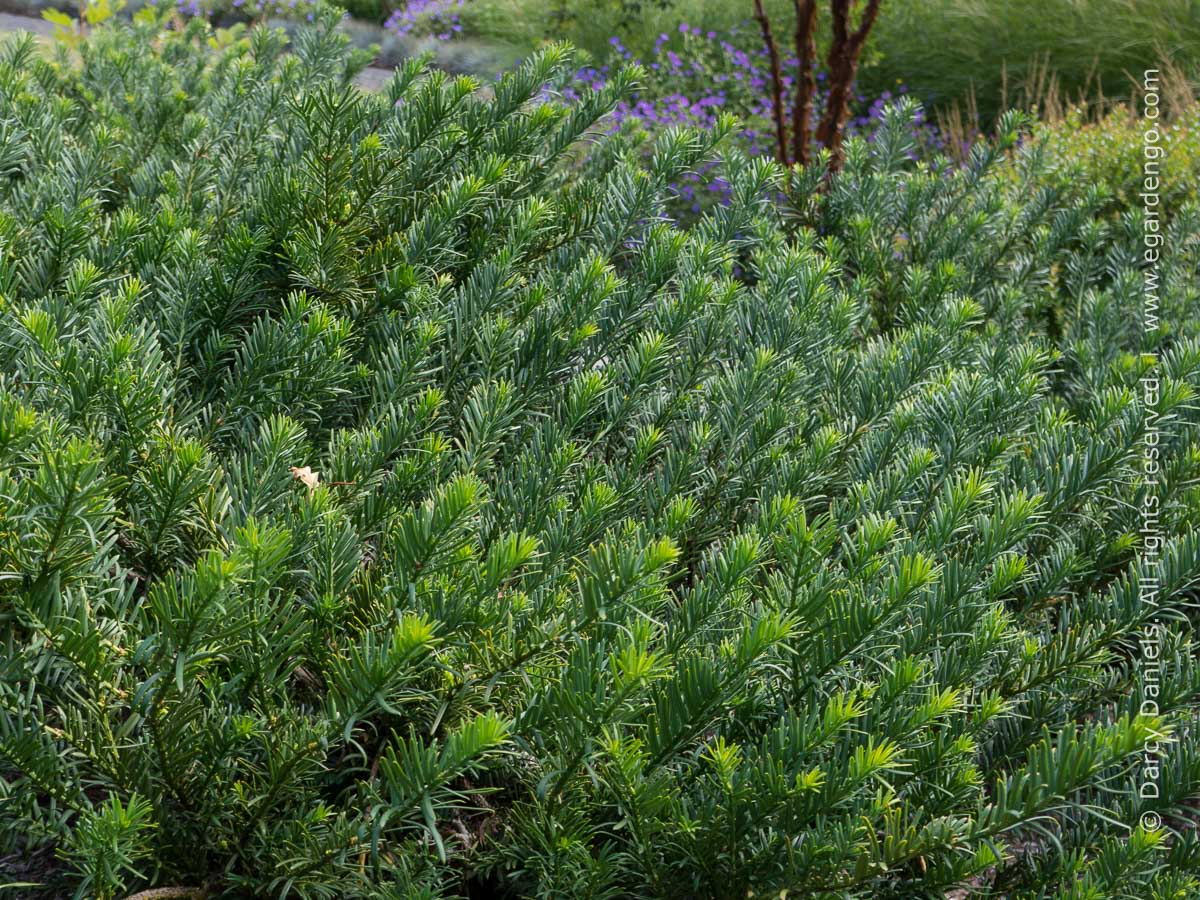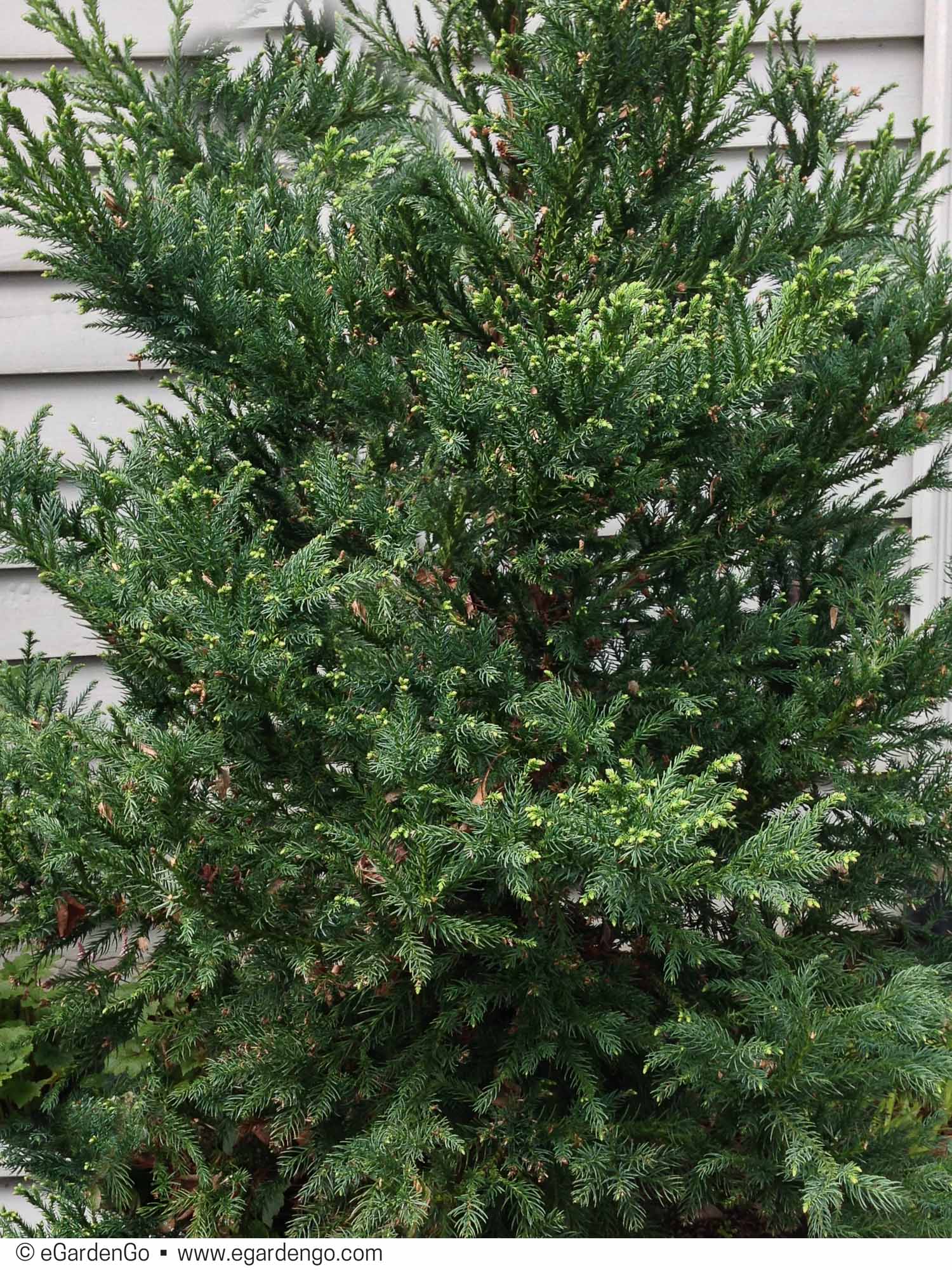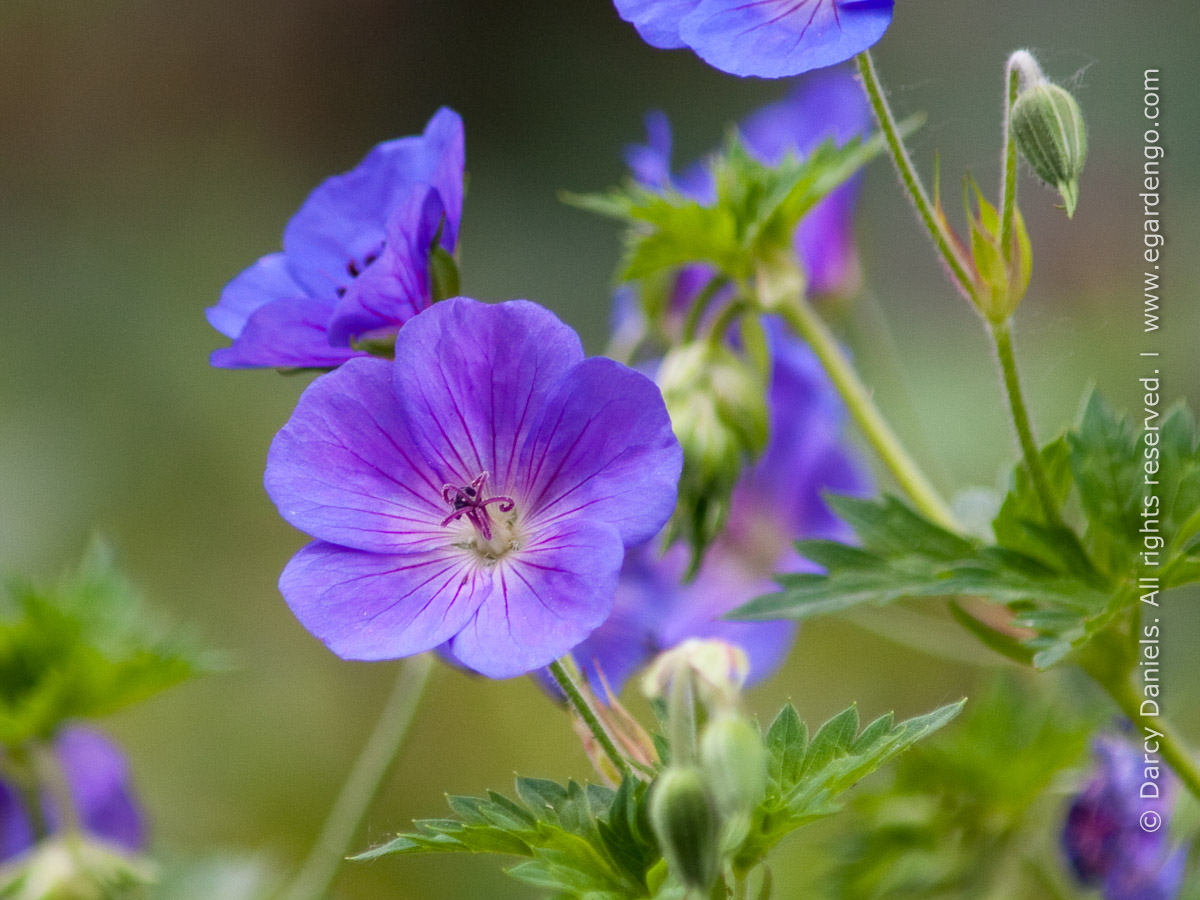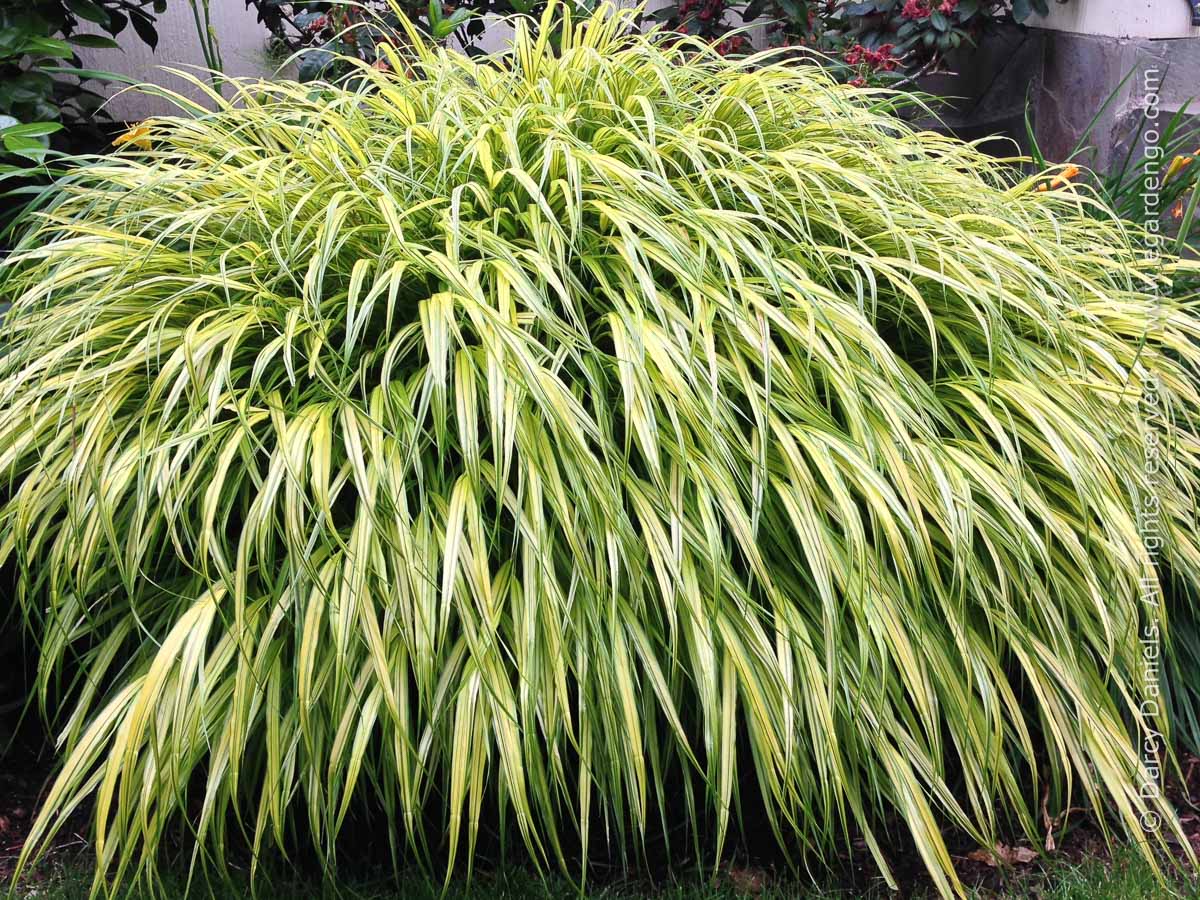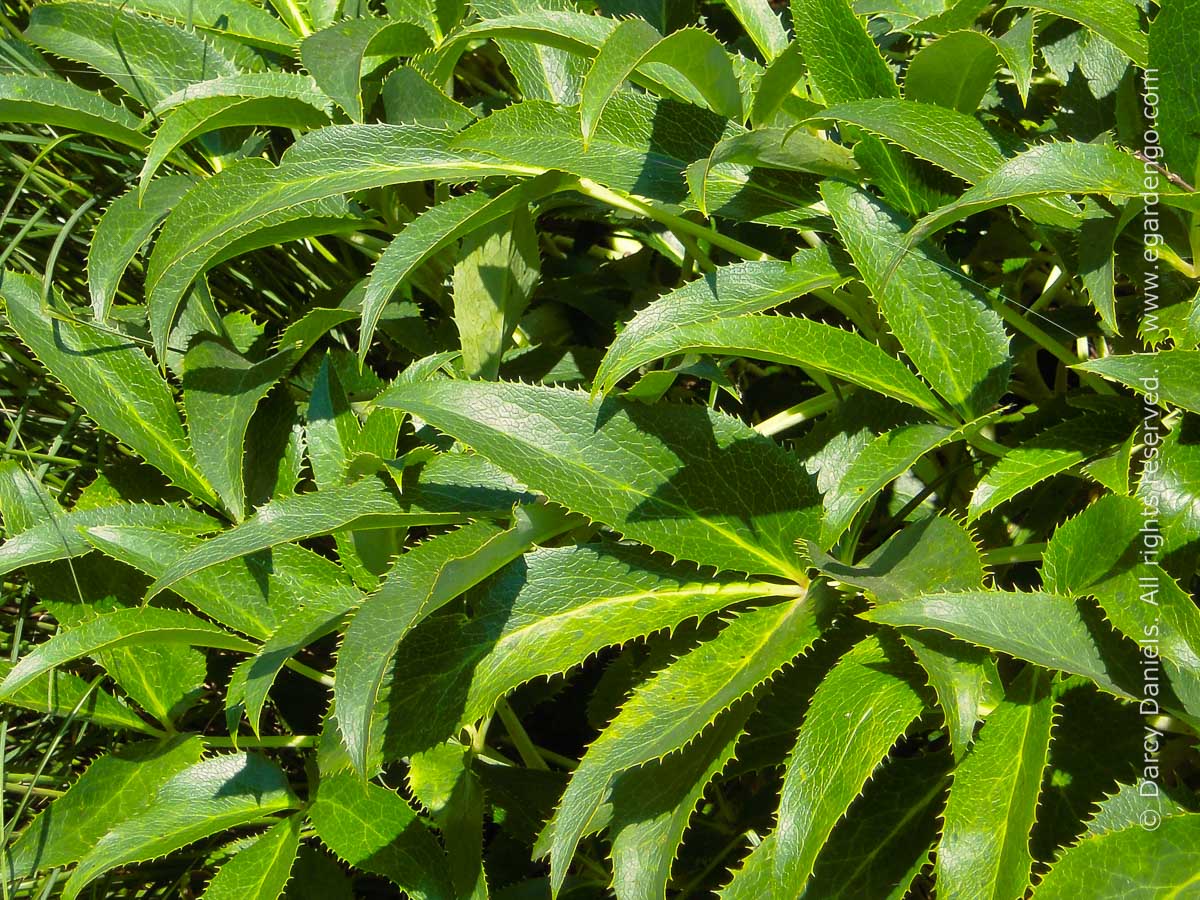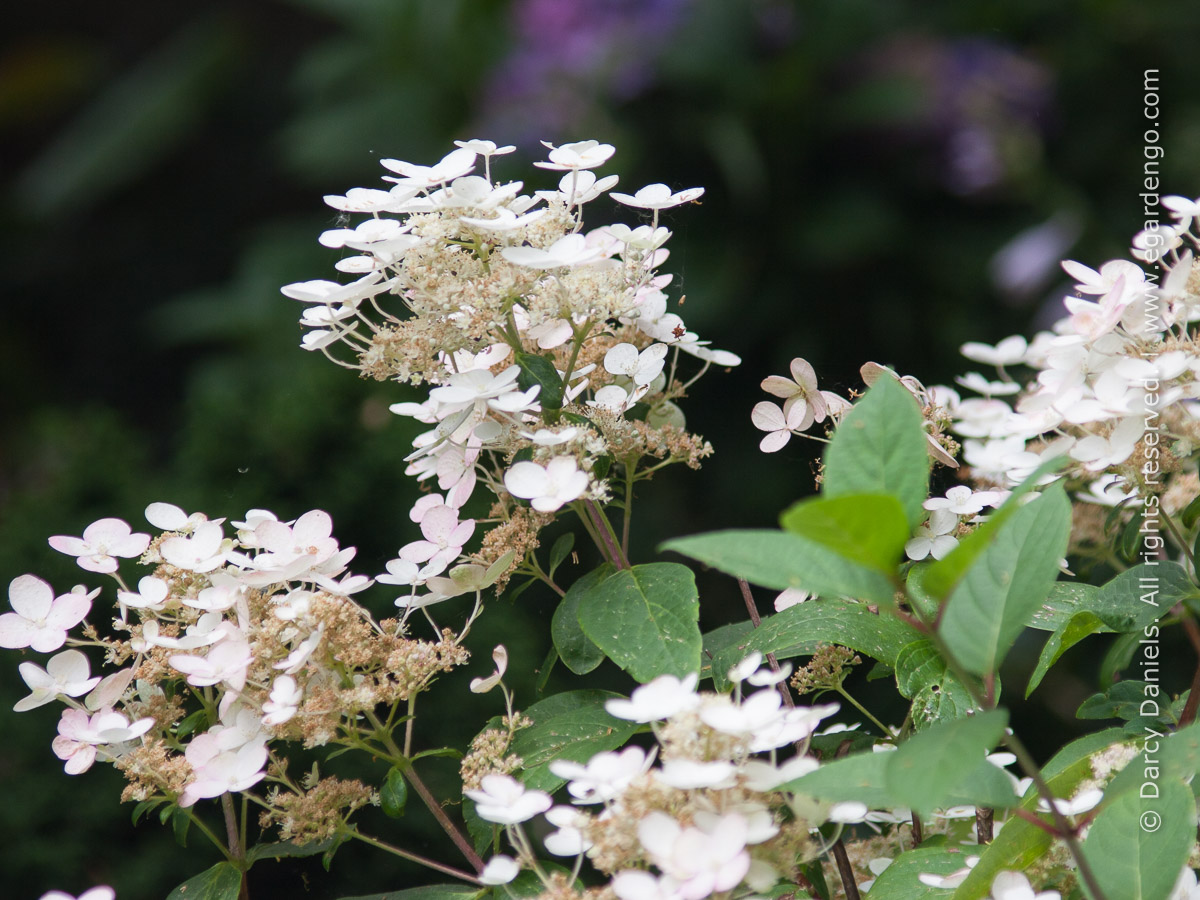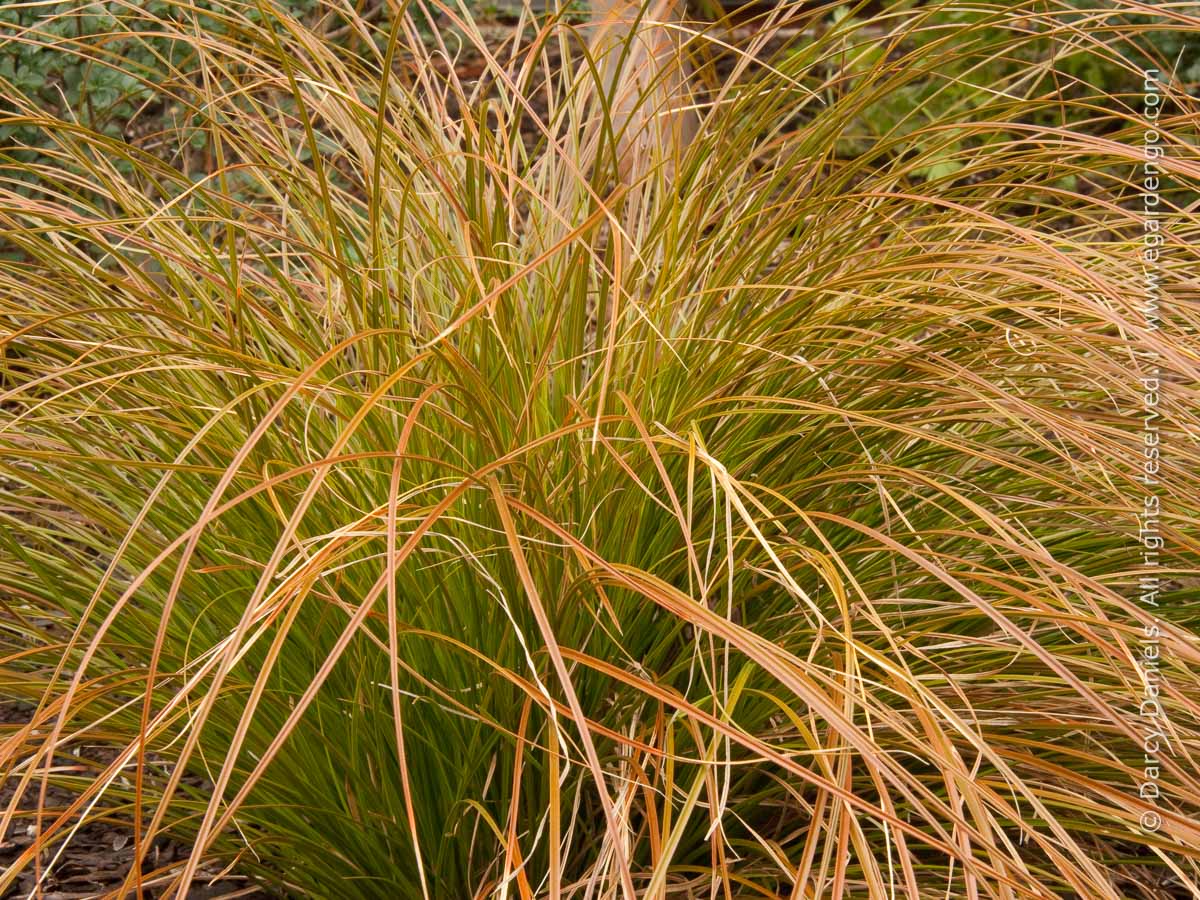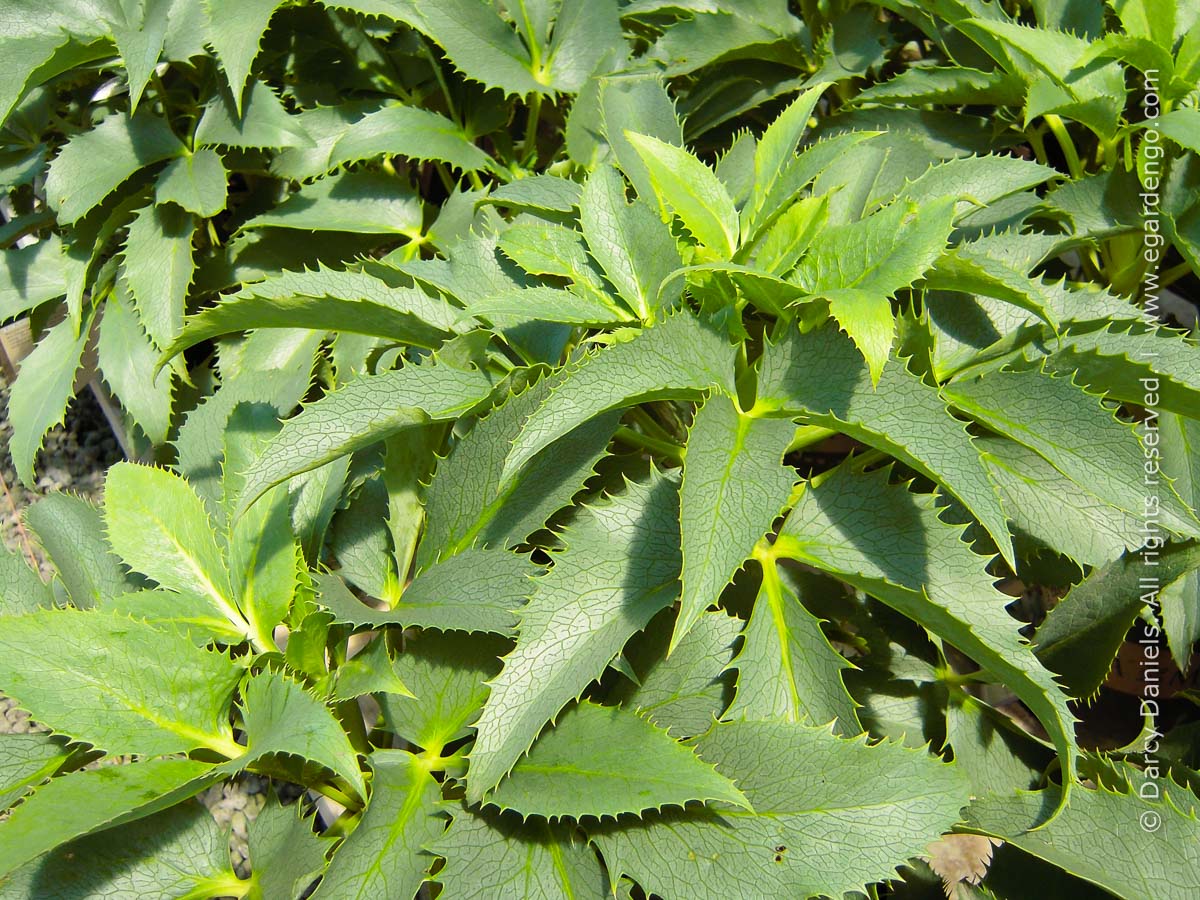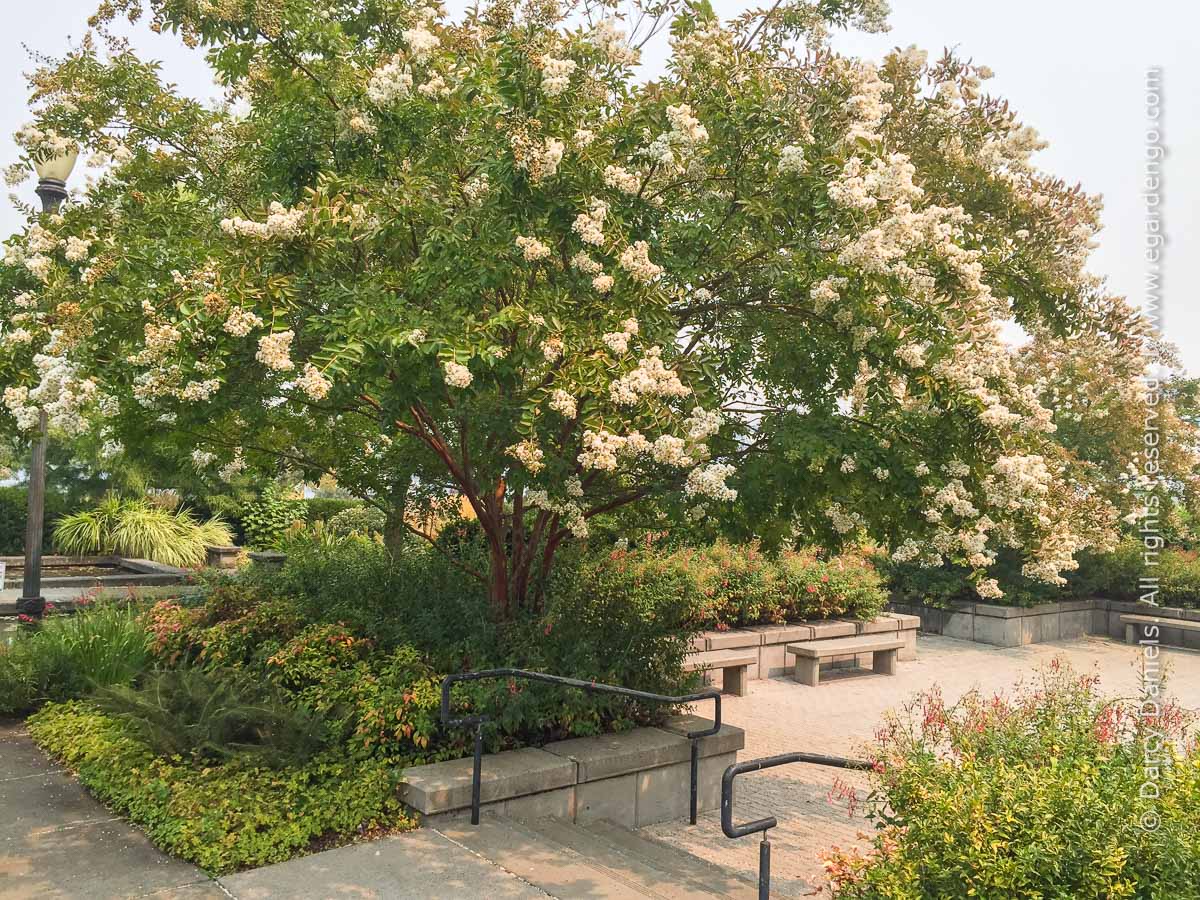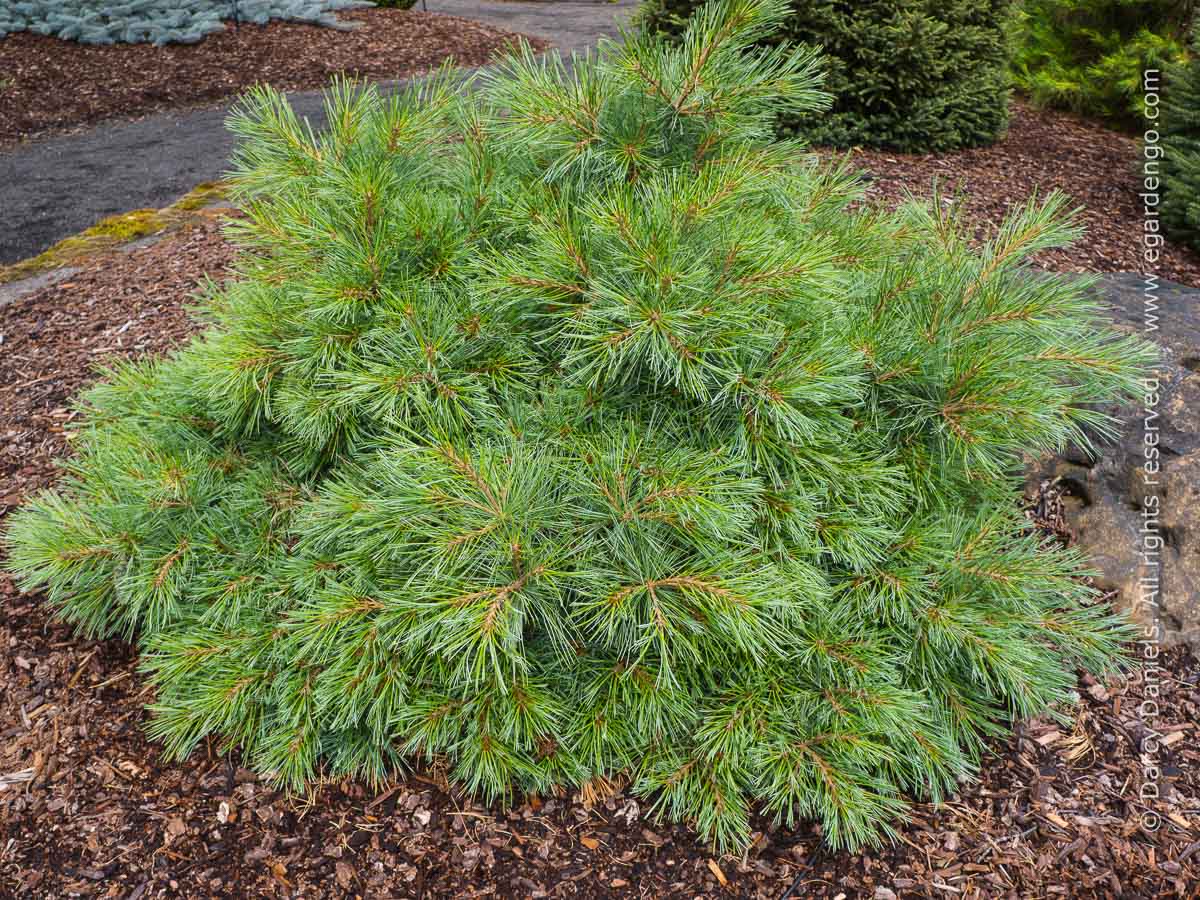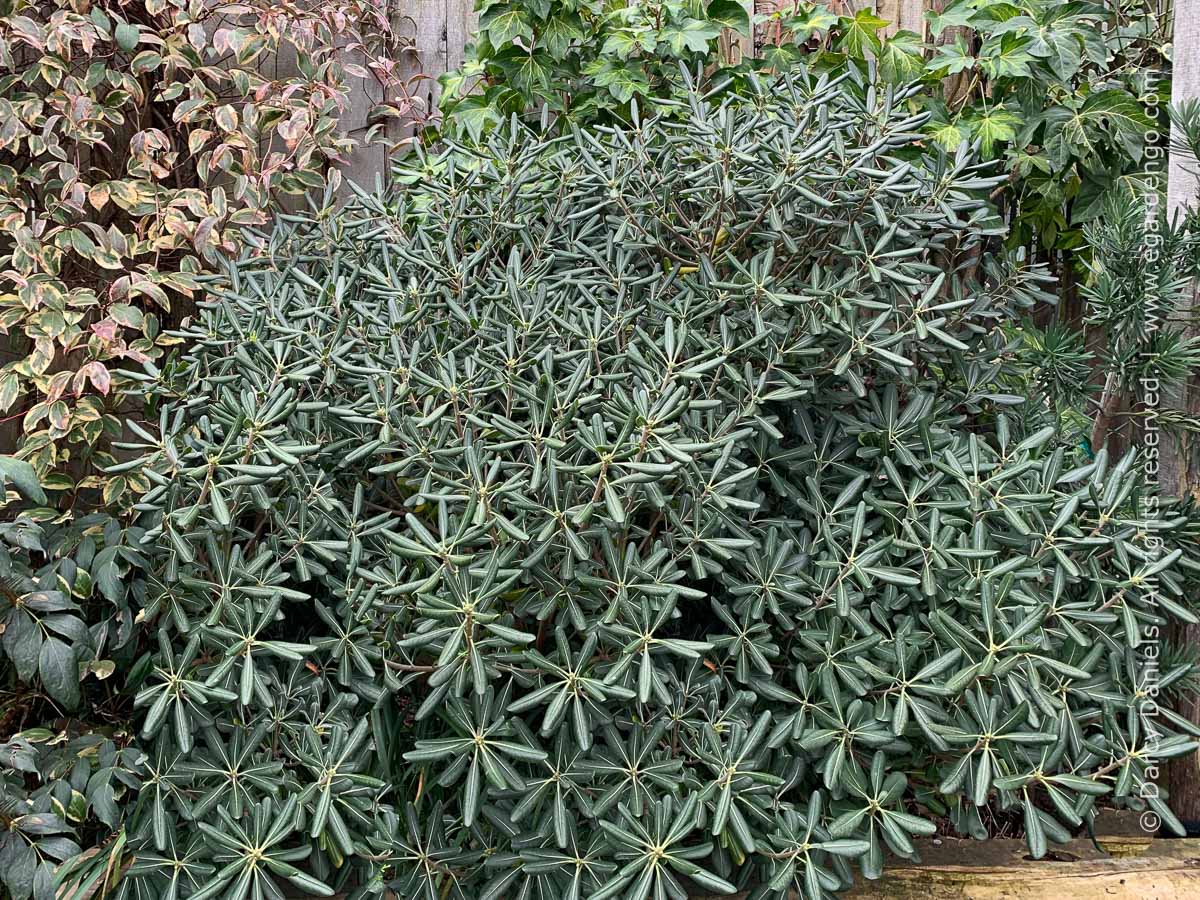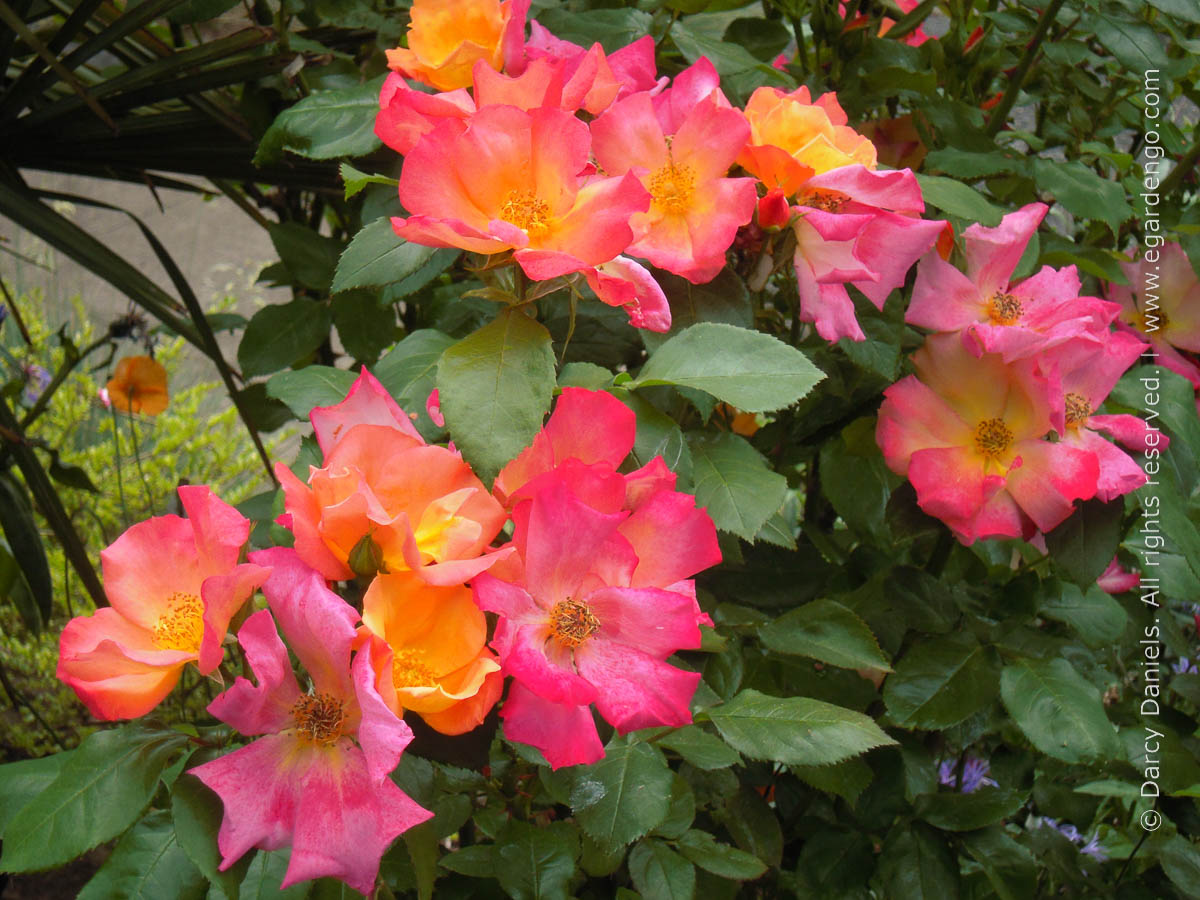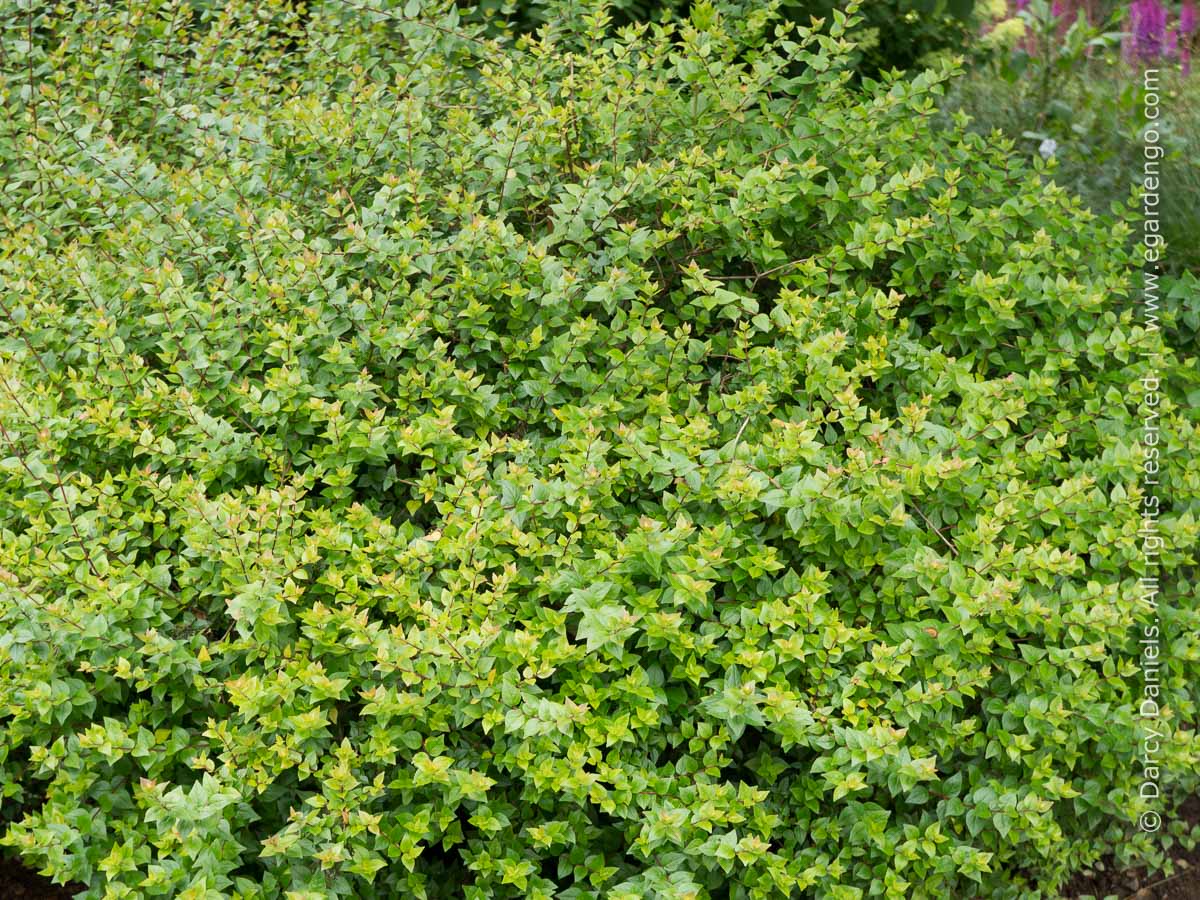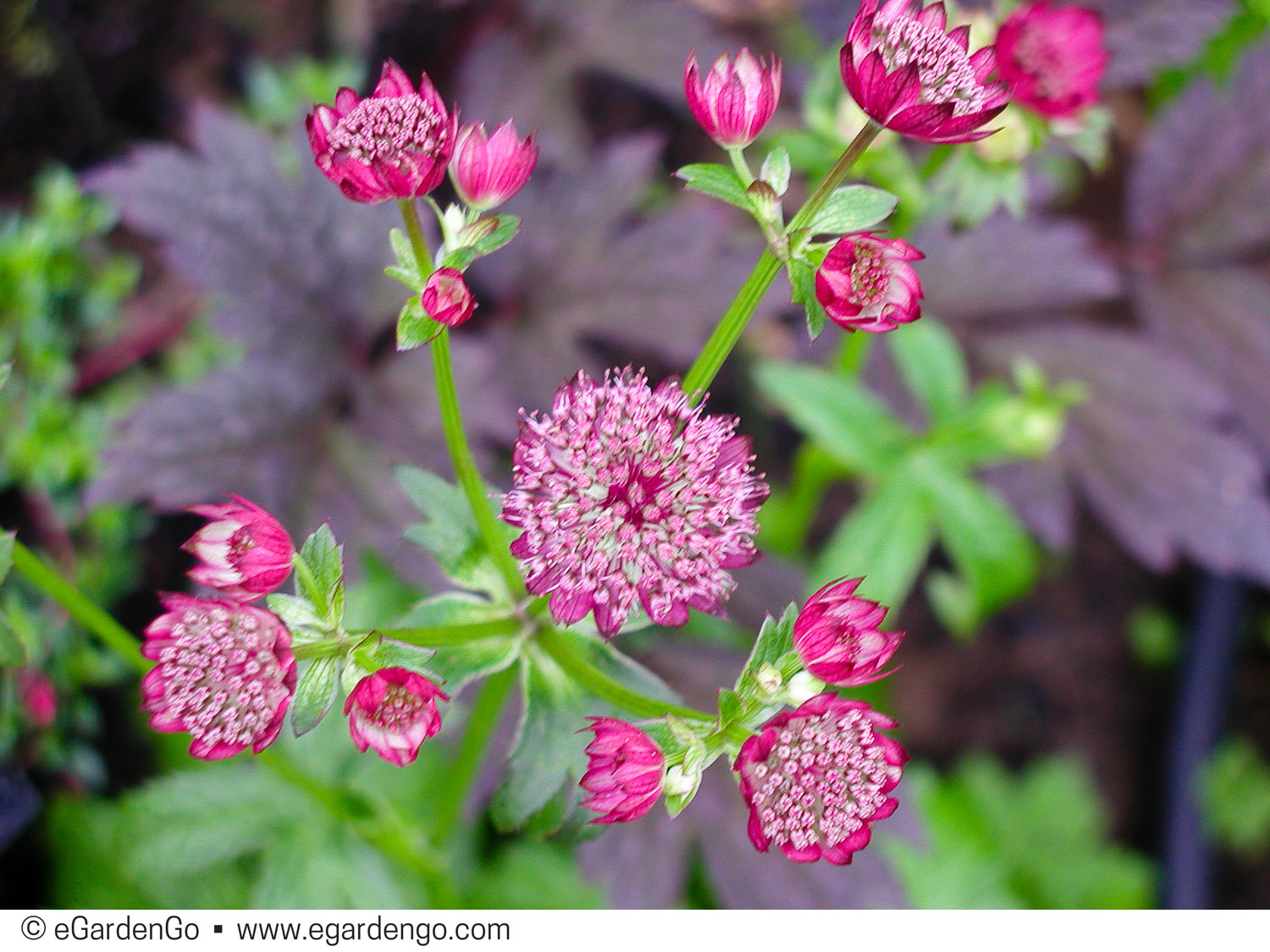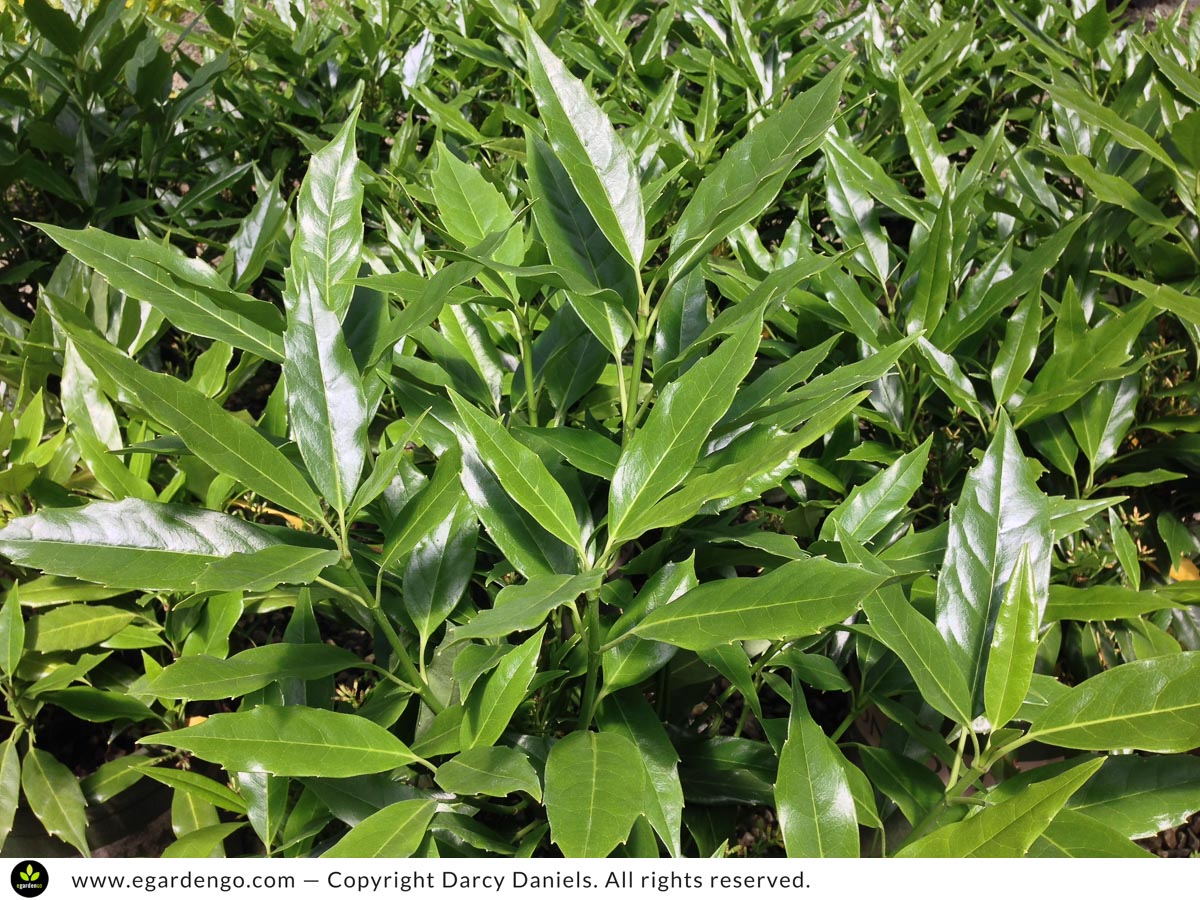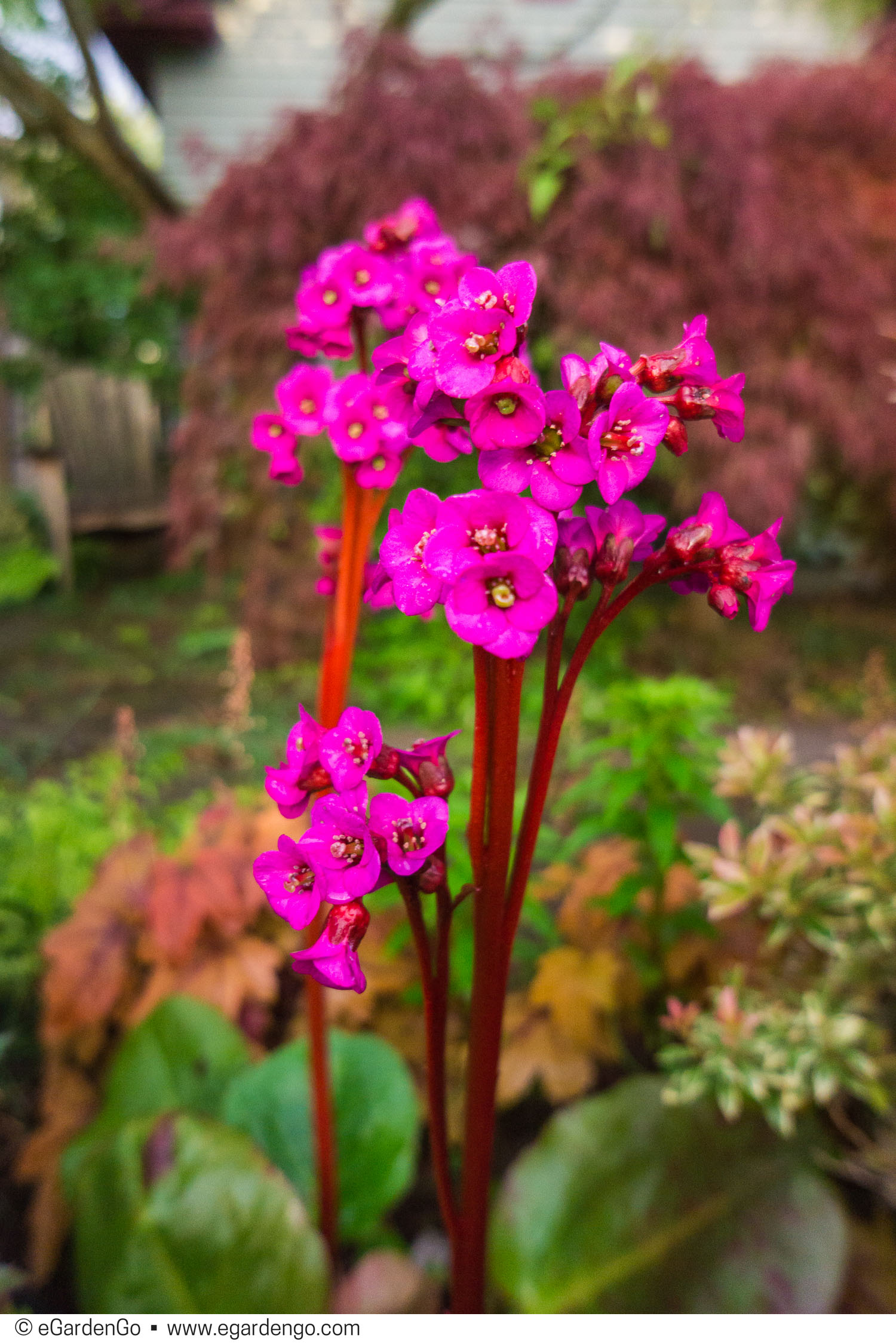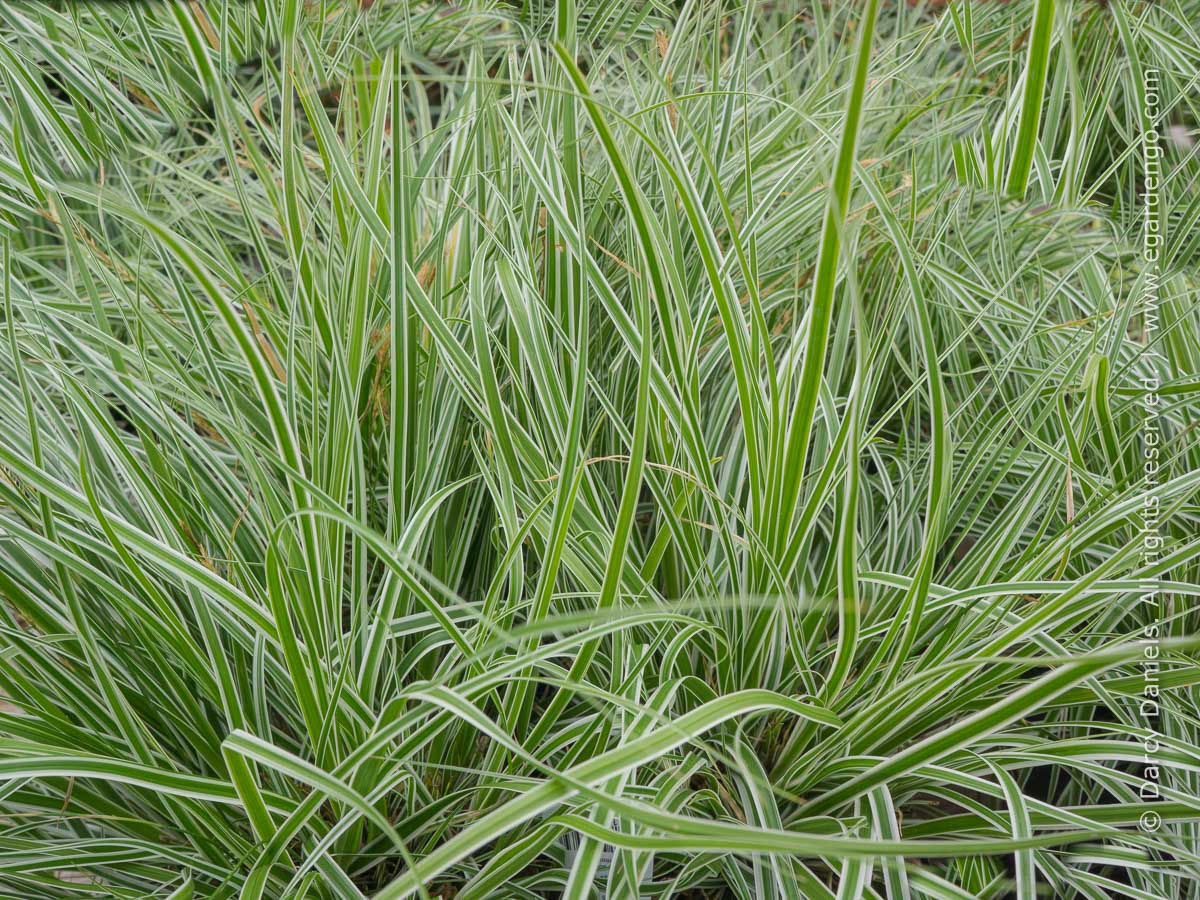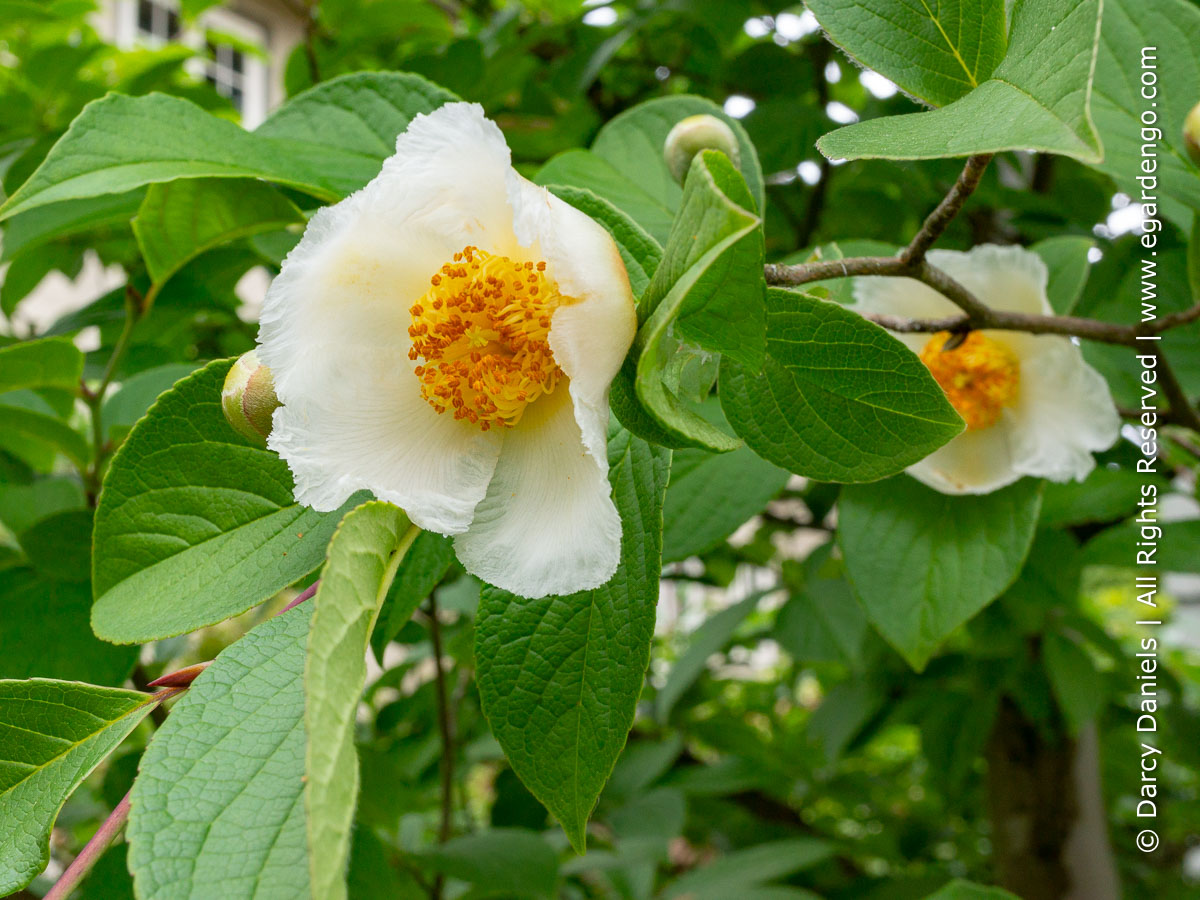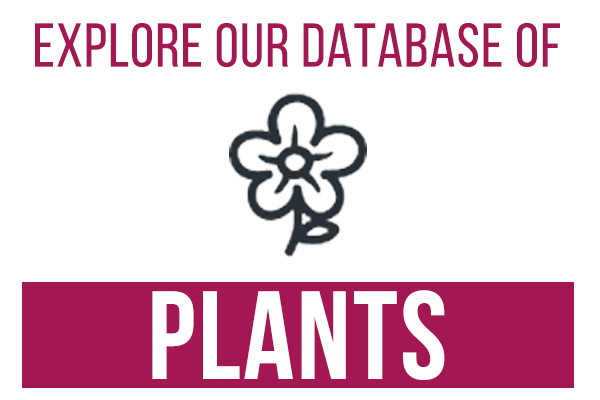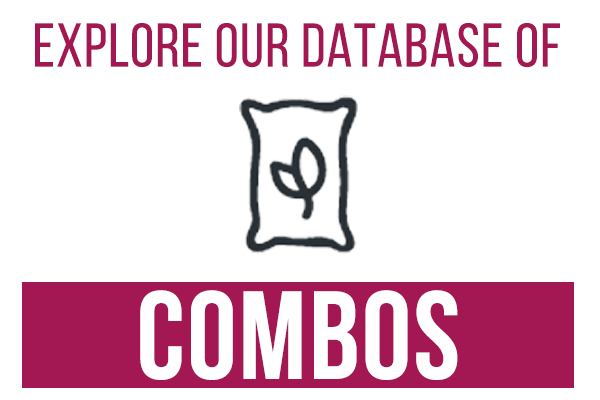Let's say you've come up with a palette of plants that you think works well together. It doesn't particularly matter how you got there. Maybe you dreamed it up yourself, saw it online or in-person, or perhaps you were inspired by one of the many plant combinations here on the eGardenGo site. Admittedly, I'm a bit biased, but I think that you'll find that the plant combos here on the eGardenGo site are especially good starting points if you're gardening in the Pacific Northwest.
SUPER IMPORTANT NOTE: All the plants in your palette must share the same cultural requirements—i.e. hardiness, exposure, soil and water needs, etc. So if you're searching for plants on eGardenGo, you'll want to make sure to adjust the search filters to reflect your zone and the cultural conditions of your site, so that only plants that'll thrive in your conditions will be included in your results. In addition, you'll want to add on top of these criteria any aesthetic and functional qualities you desire—for example, size and shape, texture and color, persistence of foliage. Is there something you need the plant to DO for you? If so, make sure it's up for the job.
Selecting a palette of plants that work well together from both a cultural and aesthetic standpoint is an important first step. But once you've chosen the plants you'll use in your combination, getting them laid out in an artful, organized, and logical fashion can be daunting until you get the hang of it.
In this post, I'm going to show you seven plants that have been carefully selected based on culture and aesthetics, arranged in a variety of different
layouts. In each layout the plants are situated in different ways in order to fit different garden bed shapes and situations. Using these layouts
as your guide, you'll be able to adapt the plant combination to your garden more easily.
At first, the layouts are based on a description of the plants versus specific, individual plants. The emphasis is on creating a composition that takes into consideration the shape, size, texture, color, and other qualities of each plant in order to create an artful and pleasing vignette. In other words, rather than starting with a Quick Fire Hydrangea, we start with a "medium-sized flowering shrub with strong three-season performance." There's quite a few plants that fit that description, among them is Hydrangea paniculata 'Bulk' Quick Fire.
Spending most of your time describing and defining the plants that will make up your combination will give you lots more options to consider. In turn, this will make your final plant selections easier and you'll end up making better choices. With continued practice, you'll learn to adjust the basic layouts to work with a variety of different plants.
DESCRIBE, THEN SEARCH
And now, an example. The graphic symbols below are used in the planting layouts in the following section. Each symbol corresponds to the description of that particular plant. If you follow the links, you'll be taken to search results that include plants that match the description.
Be warned, it's not 100% failsafe. It's still important to examine the options carefully to confirm that they truly match the description. You'll want to pay special attention to size and, as mentioned above, the cultural requirements. Though not perfect, I think you'll be pleasantly surprised at some of the iterations and derivations you can come up with using this method.
To see this method in action, three different derivations of related plant combinations are shown below. Notice that the schemes have been adjusted and modified for different growing conditions.
- Version #1 is for a part sun situation with regular water. (Detailed planting plans for the 7 different layouts of this version are available for download.).
- Version #2 is for full sun and is quite drought-tolerant.
- And version #3 is for a shady woodland.
Seven Different Planting Plans
Flip through the slide carousel to see the seven plants laid out in a variety of different ways. An important consideration is whether your garden scene will be viewed only from one side or will you be able to walk all around it?
Plant Palette #1
This planting combination has a planting plan with SEVEN different layout options available to download for a small fee. Even if you don't anticipate planting this combination in your garden, examining the layouts is an excellent way to get a sense of how this method works. Click through for details!

Acer griseum
Paperbark Maple
Type:
Tree
Exposure:
Full Sun, Full Sun, Part Sun, Part Shade, Morning Sun
Zone:
5, 6, 7, 8
Cephalotaxus harringtonia 'Duke Gardens'
Duke Gardens Japanese Plum Yew
Type:
Conifer, Shrub
Exposure:
Morning Sun, Filtered Sun, Open Shade
Zone:
6, 7, 8, 9
Cryptomeria japonica 'Black Dragon'
Black Dragon Japanese Cedar
Type:
Conifer, Shrub
Exposure:
Filtered Sun, Full Sun, Morning Sun, Open Shade, Part Shade, Part Sun
Zone:
6, 7, 8, 9
Geranium 'Gerwat' Rozanne
Rozanne Hardy Geranium
Type:
Groundcover, Perennial
Exposure:
Afternoon Sun, Full Sun, Part Sun
Zone:
5, 6, 7, 8, 9
Hakonechloa macra 'Aureola'
Gold Variegated Japanese forest grass
Type:
Grass / Grass-Like
Exposure:
Full Sun, Part Sun, Part Shade, Morning Sun, Filtered Sun, Open Shade, Open Shade
Zone:
5, 6, 7, 8, 9, 10
Helleborus argutifolius
Corsican Hellebore
Type:
Perennial
Exposure:
Filtered Sun, Full Sun, Morning Sun, Open Shade, Part Sun
Zone:
6, 7, 8, 9
Hydrangea paniculata 'Bulk' Quick Fire®
Quick Fire hardy hydrangea
Type:
Shrub
Exposure:
Filtered Sun, Morning Sun, Part Shade, Part Sun
Zone:
3, 4, 5, 6, 7, 8, 9
Plant Palette #2
Carex testacea
Orange Sedge
Type:
Grass / Grass-Like, Groundcover, Perennial
Exposure:
Full Sun, Full Sun, Part Sun, Part Shade, Afternoon Sun, Reflected Heat, Morning Sun
Zone:
7, 8, 9, 10
Helleborus argutifolius 'Silver Lace'
Silver Lace Corsican Hellebore
Type:
Perennial
Exposure:
Part Sun, Part Shade, Full Shade, Morning Sun, Filtered Sun, Open Shade, Open Shade
Zone:
4, 5, 6, 7, 8, 9
Lagerstroemia x 'Natchez'
Crape Myrtle Natchez
Type:
Shrub, Tree
Exposure:
Afternoon Sun, Full Sun, Reflected Heat
Zone:
10, 6, 7, 8, 9
Pinus strobus 'Blue Shag'
Blue Shag eastern white pine
Type:
Conifer, Shrub
Exposure:
Full Sun, Full Sun, Afternoon Sun
Zone:
3, 4, 5, 6, 7, 8
Pittosporum tobira 'Tall and Tough'
Japanese mock-orange
Type:
Shrub
Exposure:
Full Sun, Full Sun, Part Sun, Afternoon Sun, Morning Sun, Filtered Sun
Zone:
7, 8, 9, 10
Rosa 'Radway Sunrise'
Radway Sunrise Rose
Type:
Rose, Shrub
Exposure:
Afternoon Sun, Reflected Heat
Zone:
6, 7, 8, 9
Zauschneria californica
California Fuchsia
Type:
Perennial
Exposure:
Full Sun, Full Shade, Afternoon Sun, Reflected Heat
Zone:
7, 8, 9, 10, 11
Plant Palette #3
Abelia grandiflora 'Rose Creek'
Rose Creek Abelia
Type:
Shrub
Exposure:
Afternoon Sun, Filtered Sun, Full Sun, Morning Sun, Part Shade, Part Sun
Zone:
6, 7, 8, 9
Astrantia major 'Hadspen Blood'
Hadspen Blood Masterwort
Type:
Perennial
Exposure:
Full Sun, Full Sun, Part Sun, Part Shade, Morning Sun, Filtered Sun, Open Shade, Open Shade
Zone:
6, 7, 8, 9
Aucuba japonica 'Serratifolia'
Sawtoothed Japanese Aucuba
Type:
Shrub
Exposure:
Deep Shade, Full Shade, Morning Sun, Open Shade, Part Shade
Zone:
10, 6, 7, 8, 9
Bergenia 'Magic Giant'
Magic Giant Pig Squeak
Type:
Perennial
Exposure:
Filtered Sun, Full Shade, Morning Sun, Open Shade, Part Shade
Zone:
3, 4, 5, 6, 7, 8, 9
Carex oshimensis 'Everest'
Everest Weeping Sedge
Type:
Grass / Grass-Like, Groundcover, Perennial
Exposure:
Part Sun, Part Shade, Morning Sun, Filtered Sun, Open Shade, Open Shade
Zone:
5, 6, 7, 8, 9, 10
Hydrangea paniculata 'Limelight'
Panicle Hydrangea
Type:
Shrub
Exposure:
Full Sun, Full Sun, Part Sun, Part Shade, Morning Sun, Filtered Sun, Open Shade, Open Shade
Zone:
3, 4, 5, 6, 7, 8, 9
Stewartia pseudocamellia
Japanese Stewartia
Type:
Tree
Exposure:
Full Sun, Part Sun, Part Shade, Filtered Sun, Open Shade, Open Shade
Zone:
5, 6, 7, 8
advertisement

